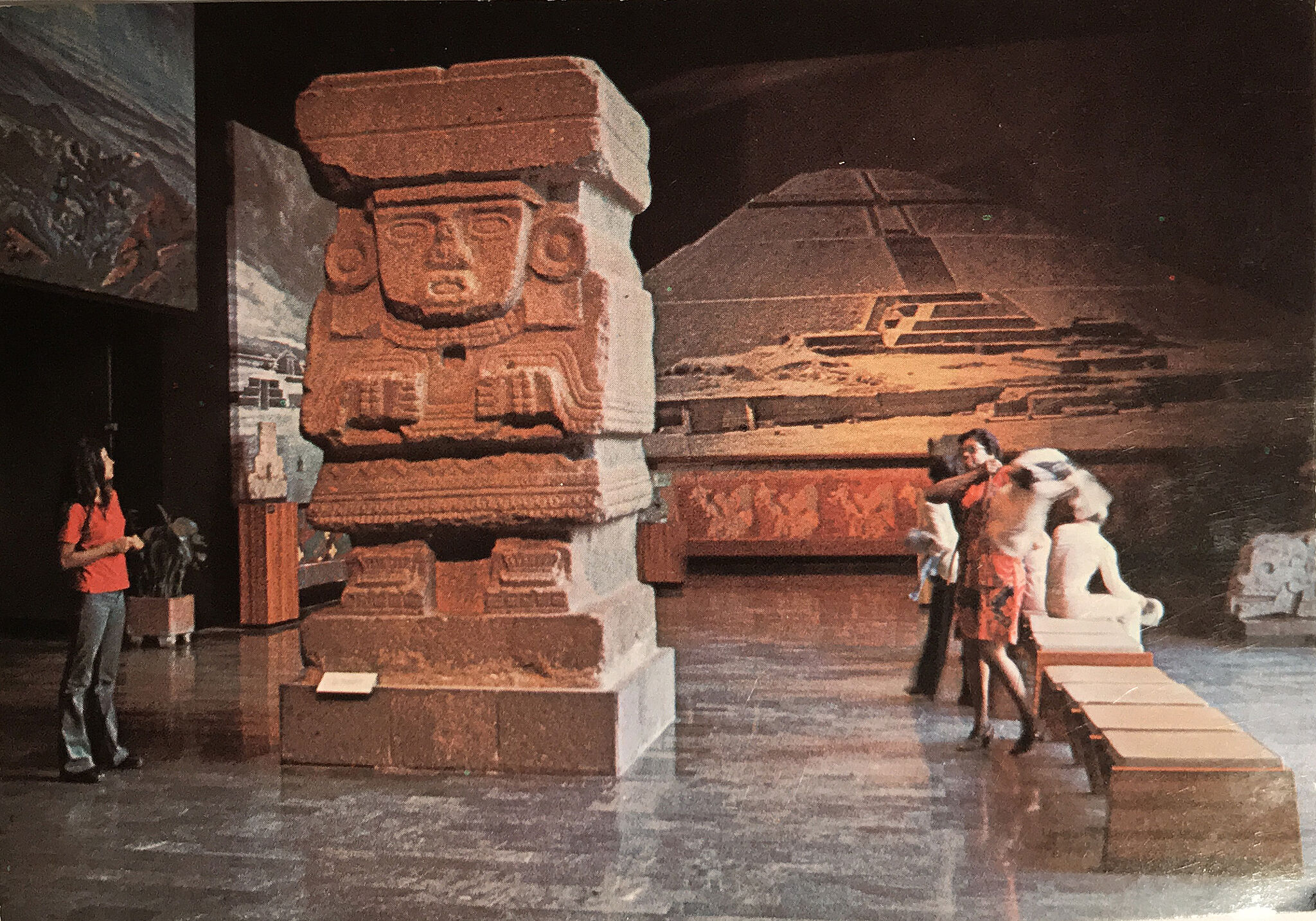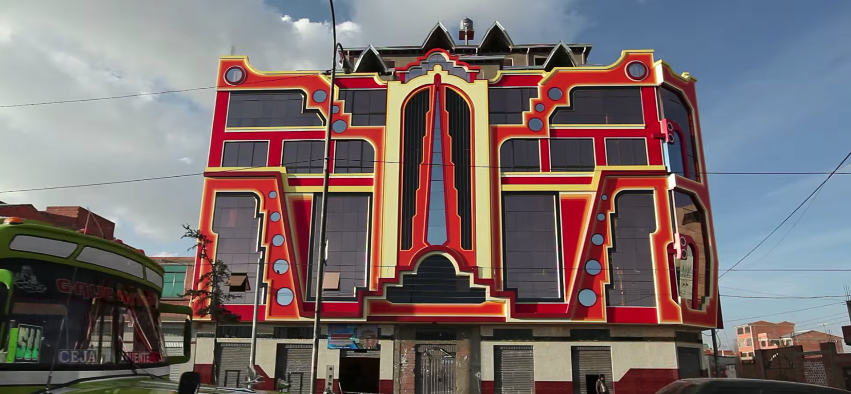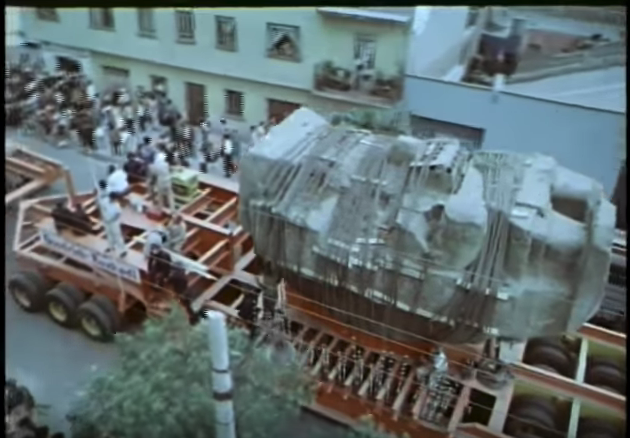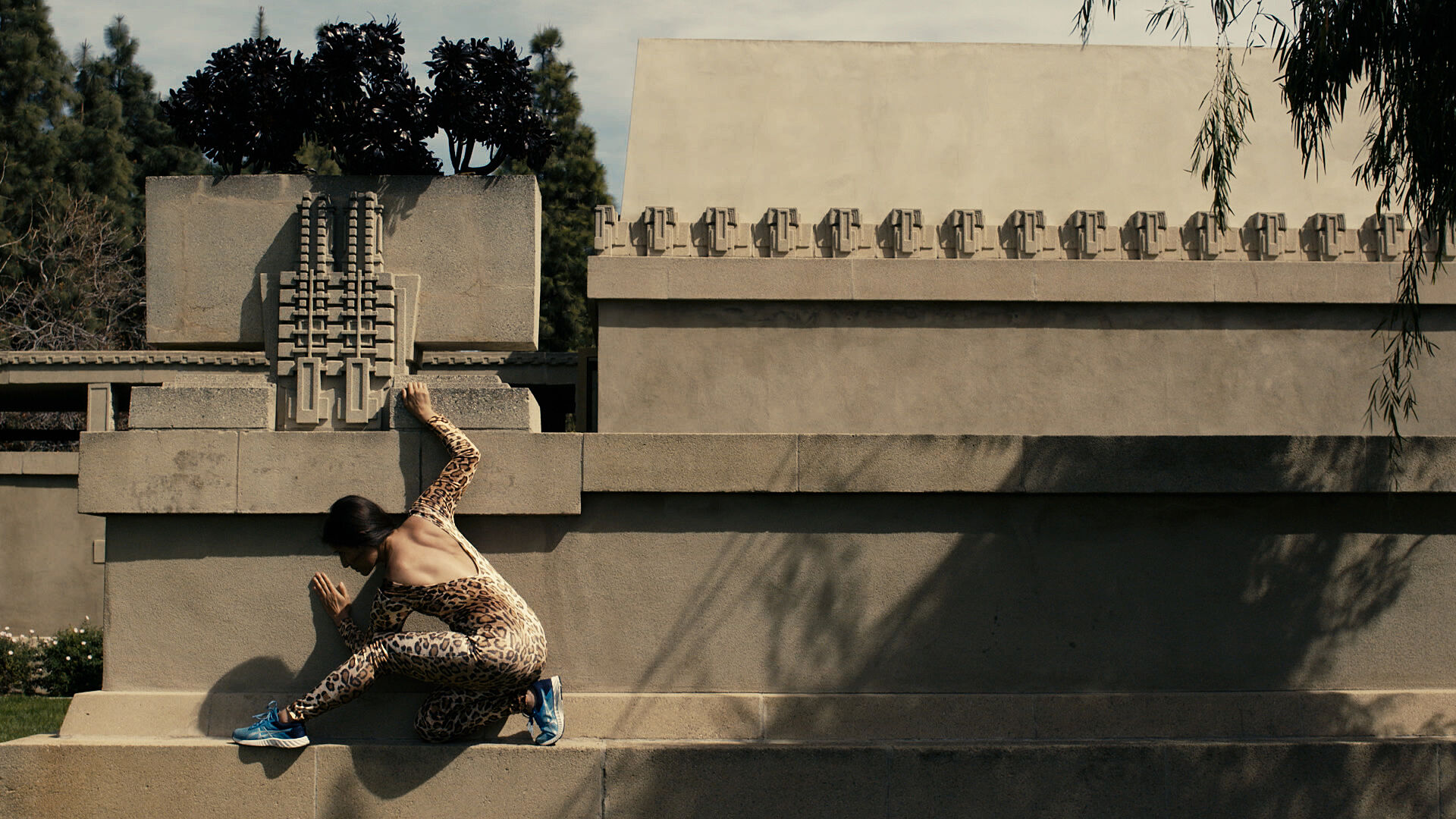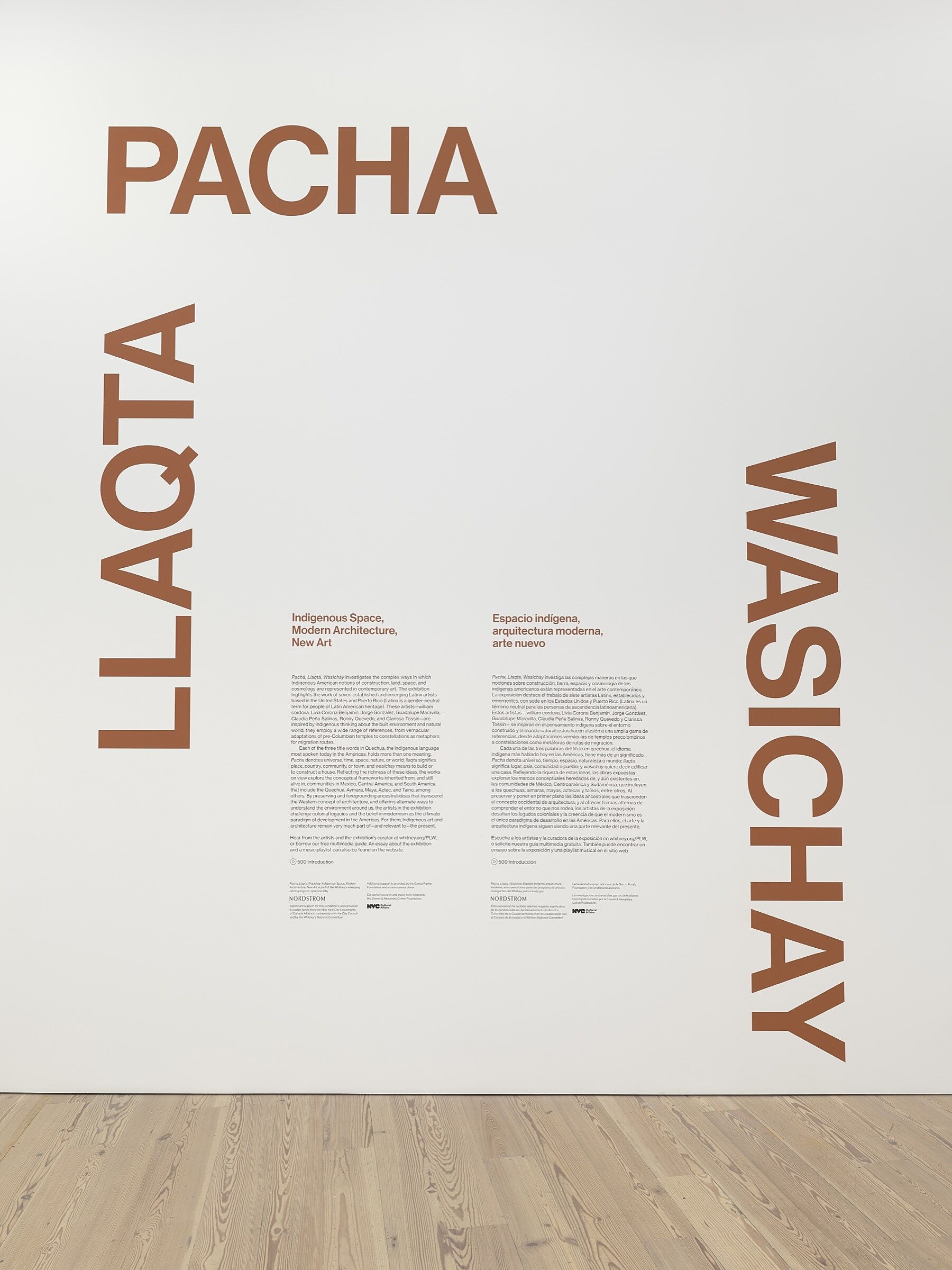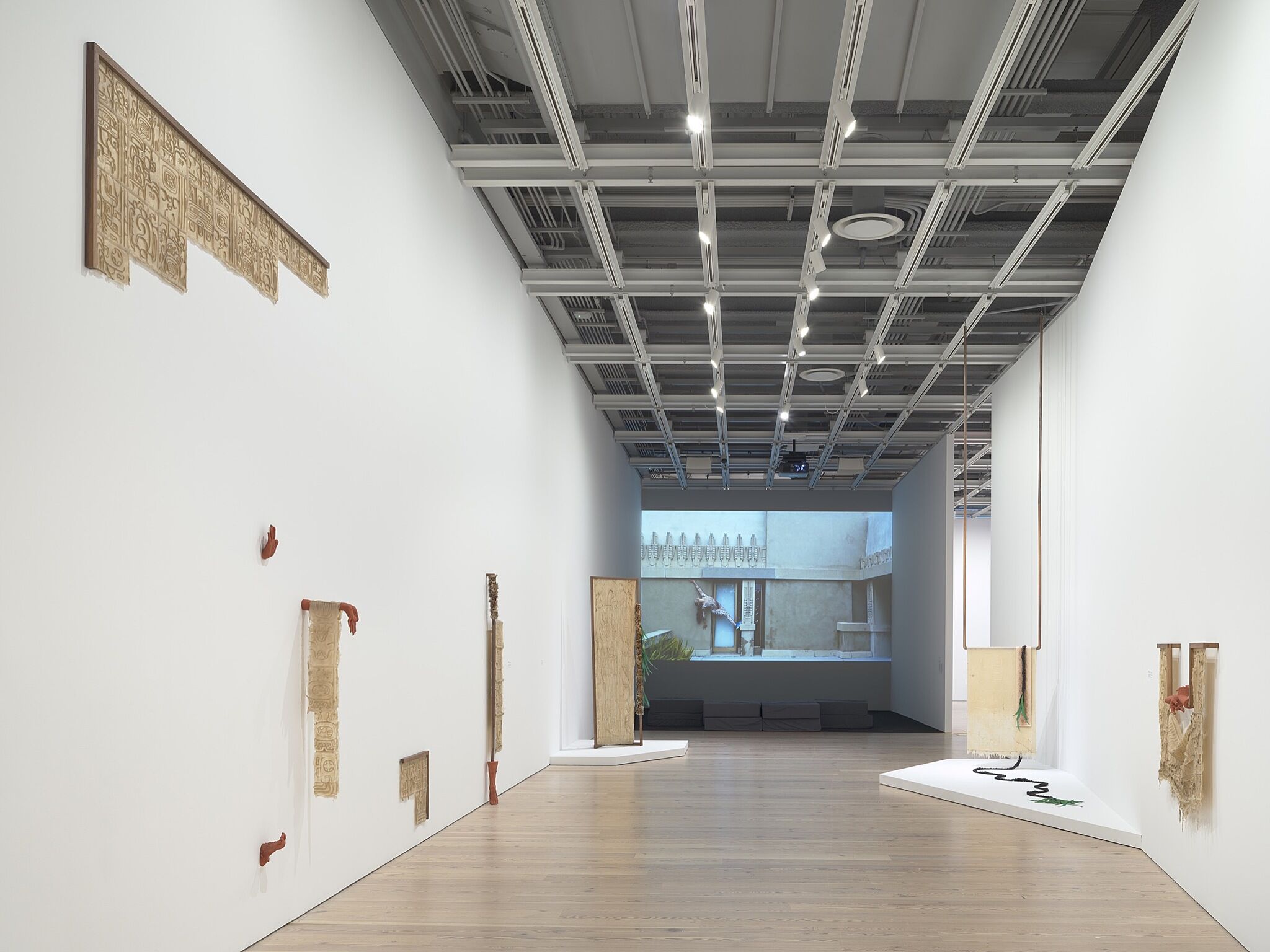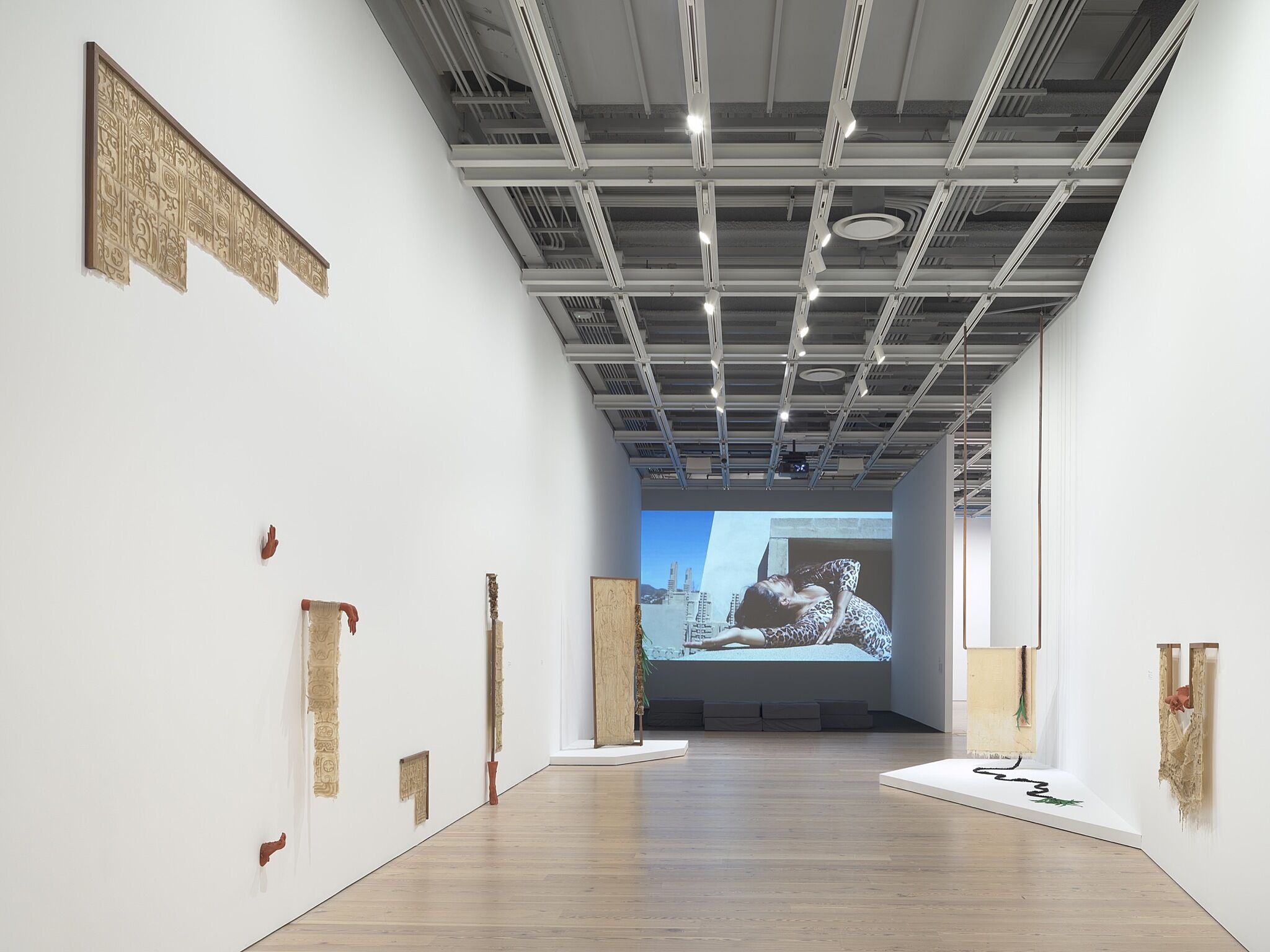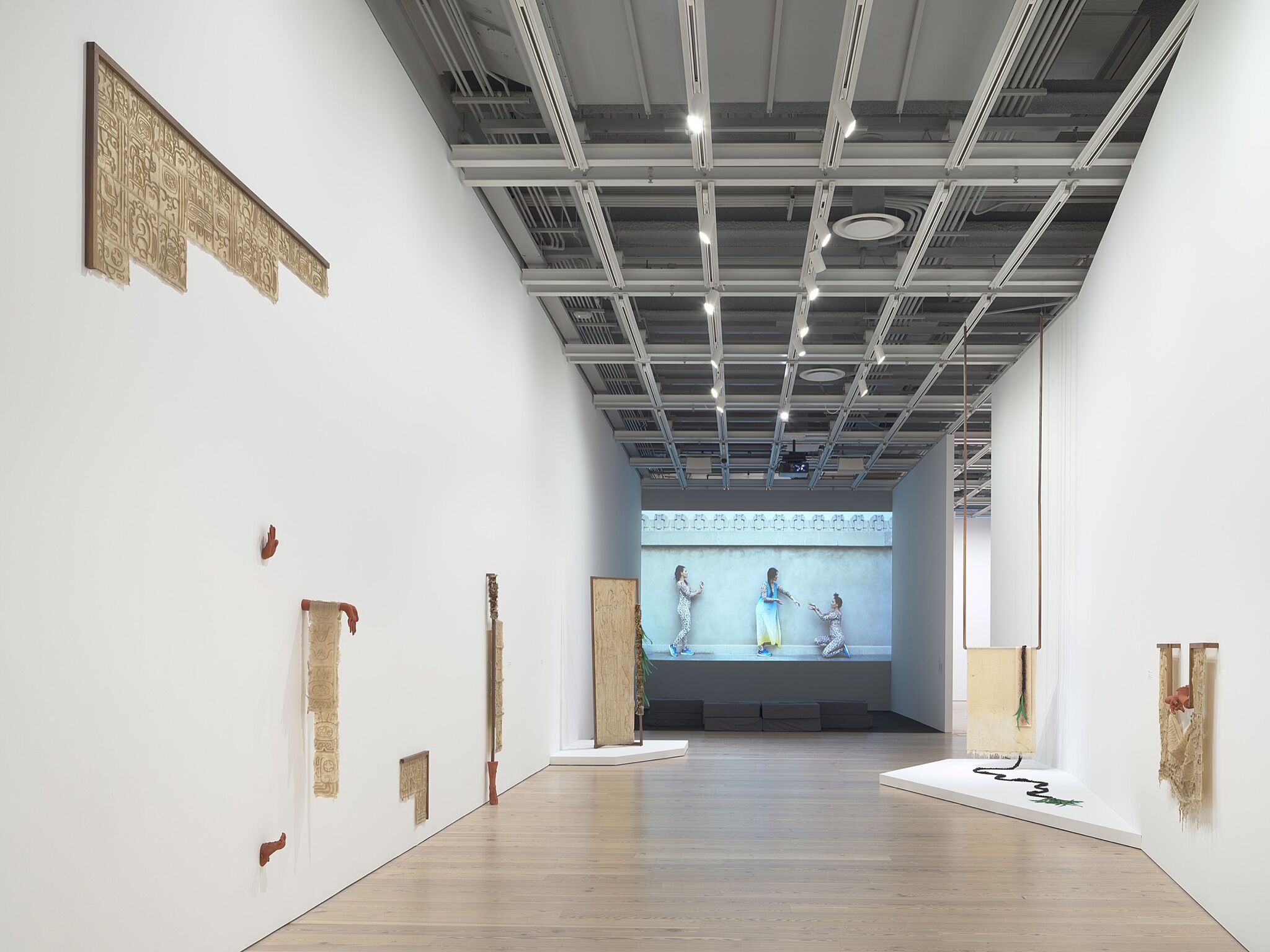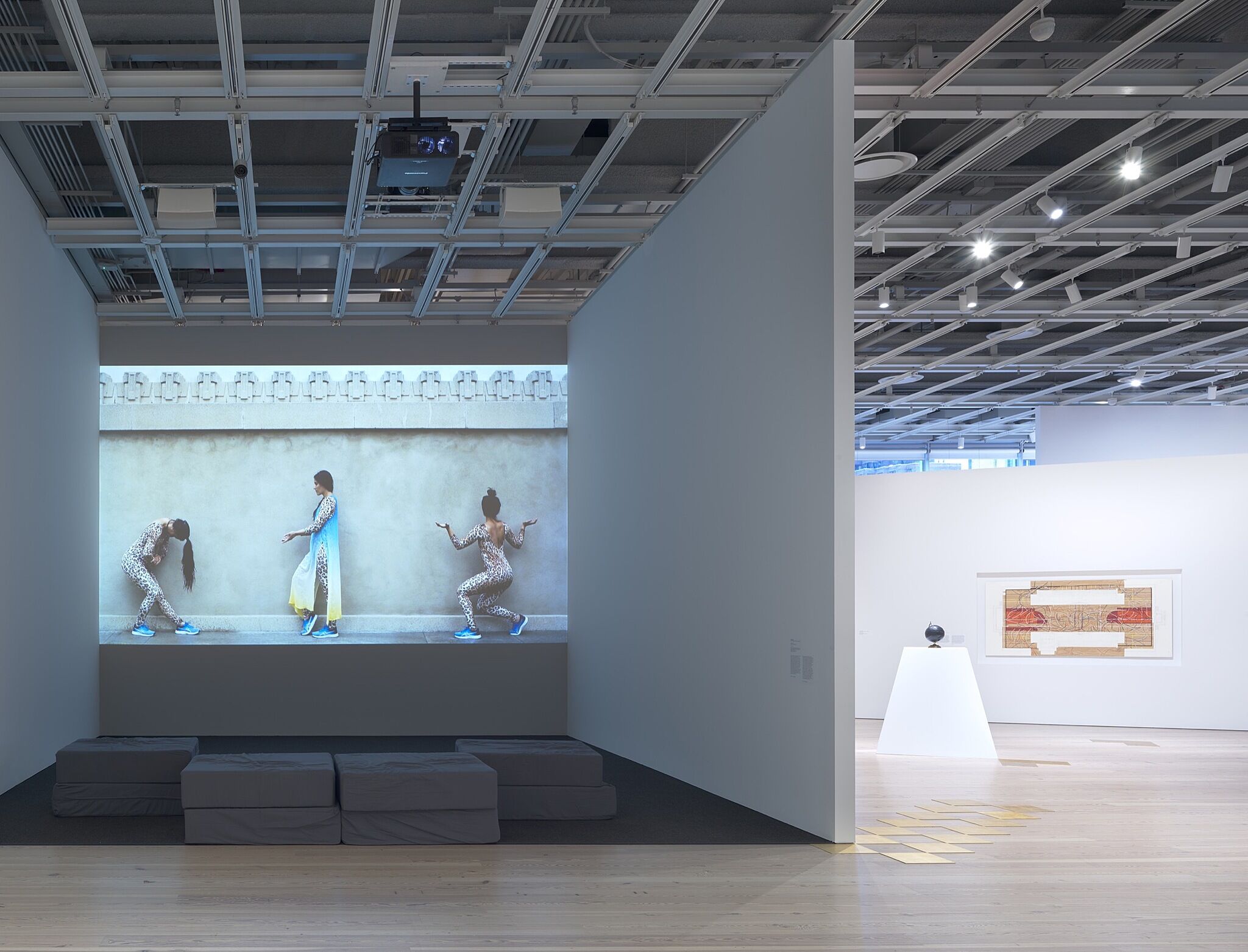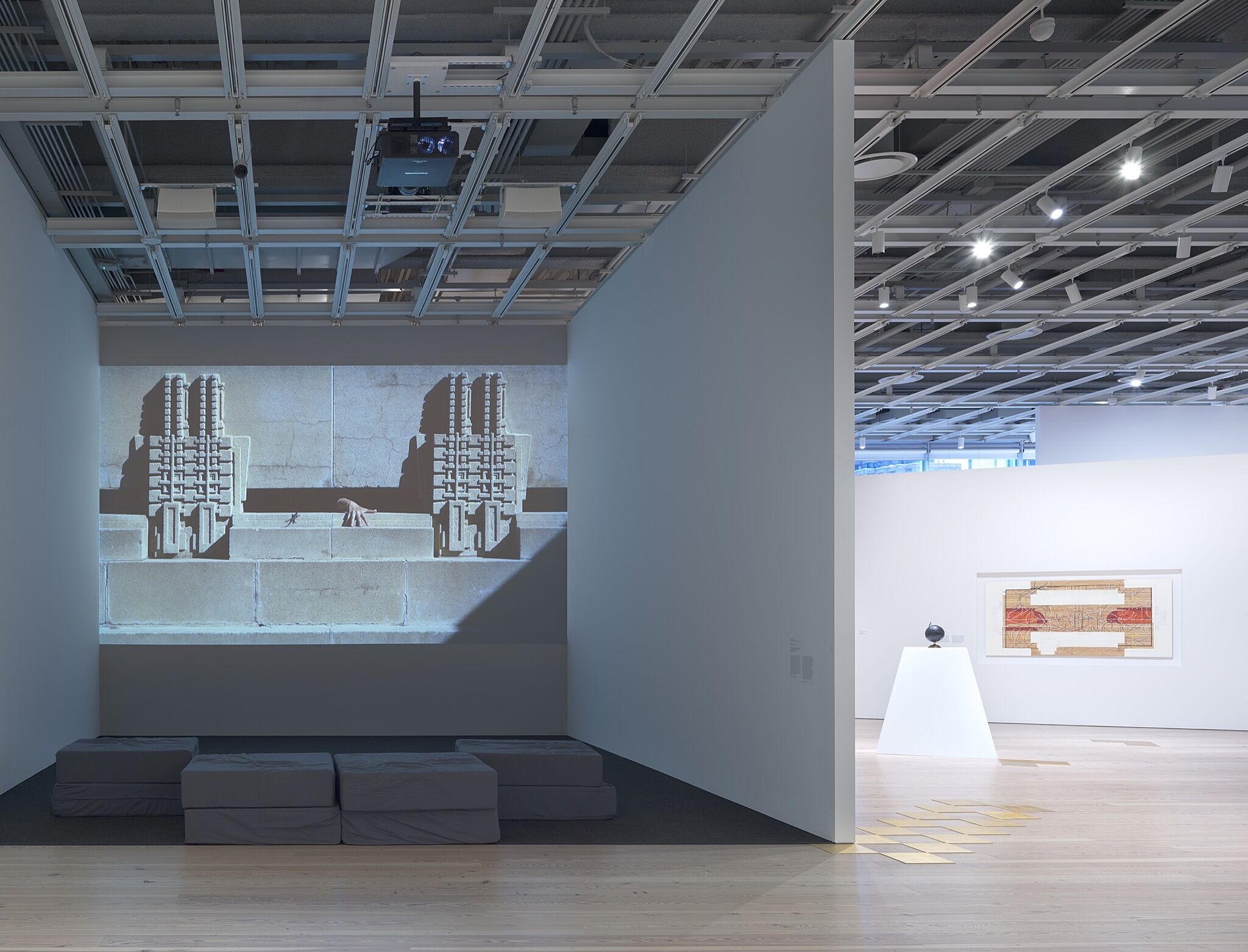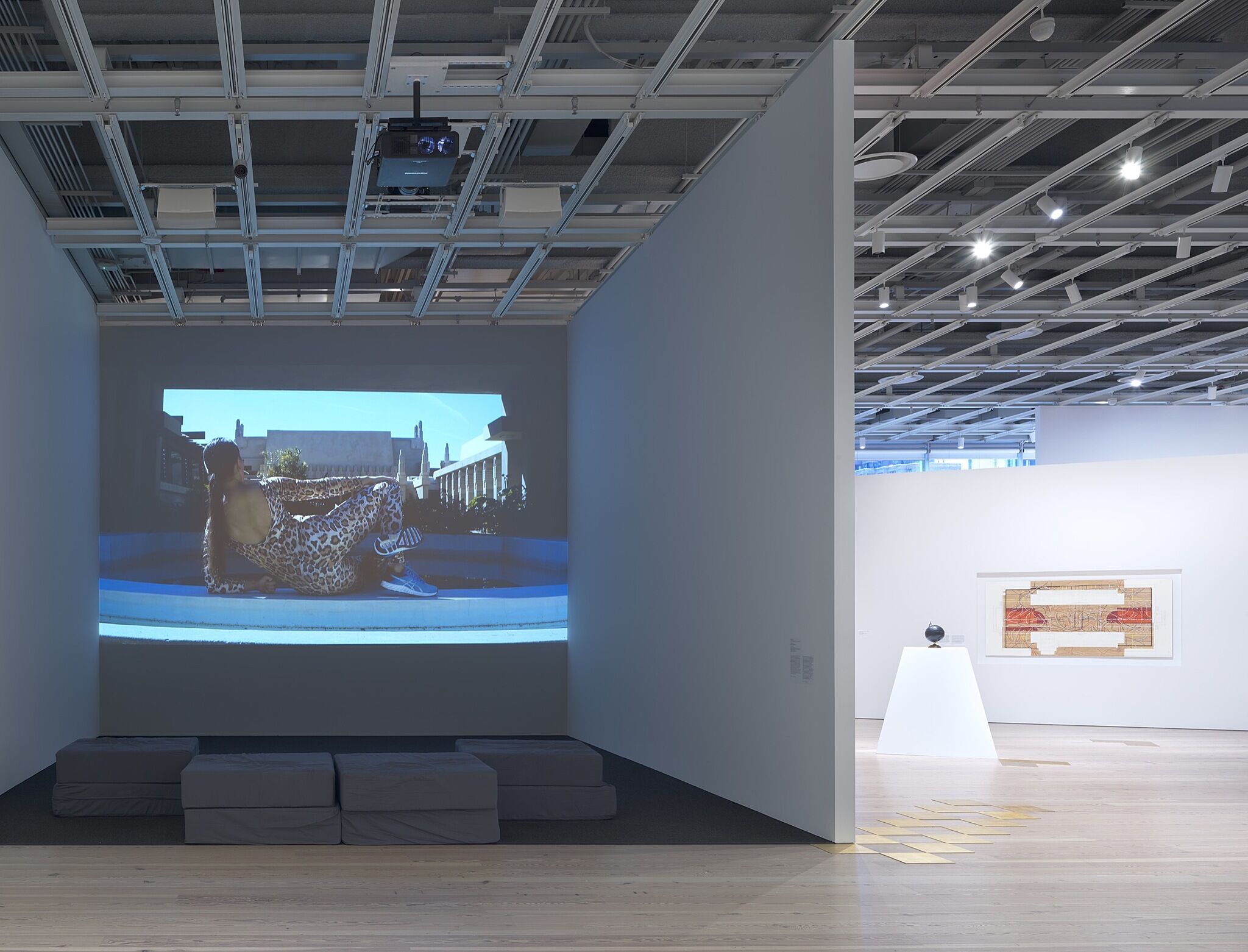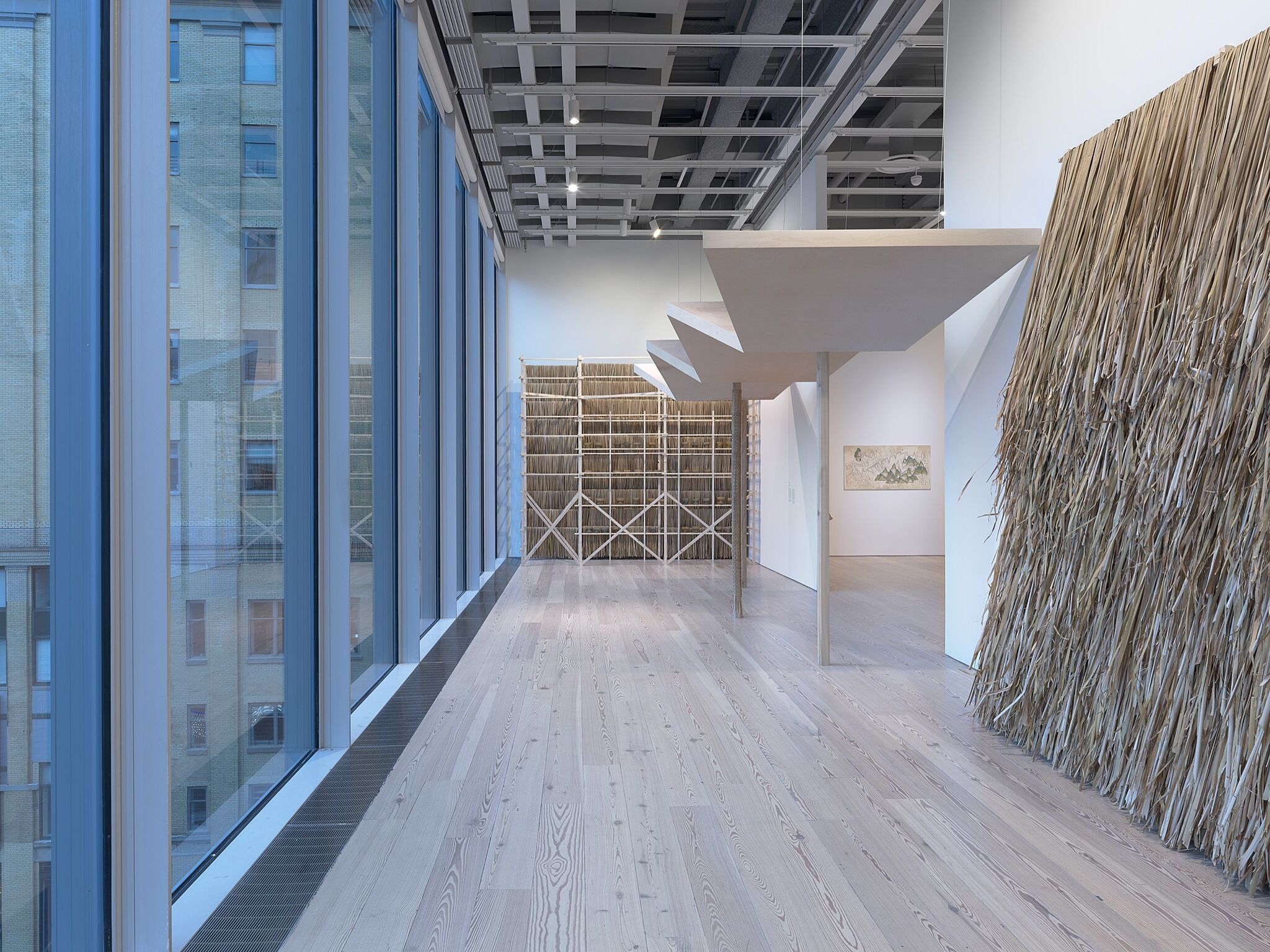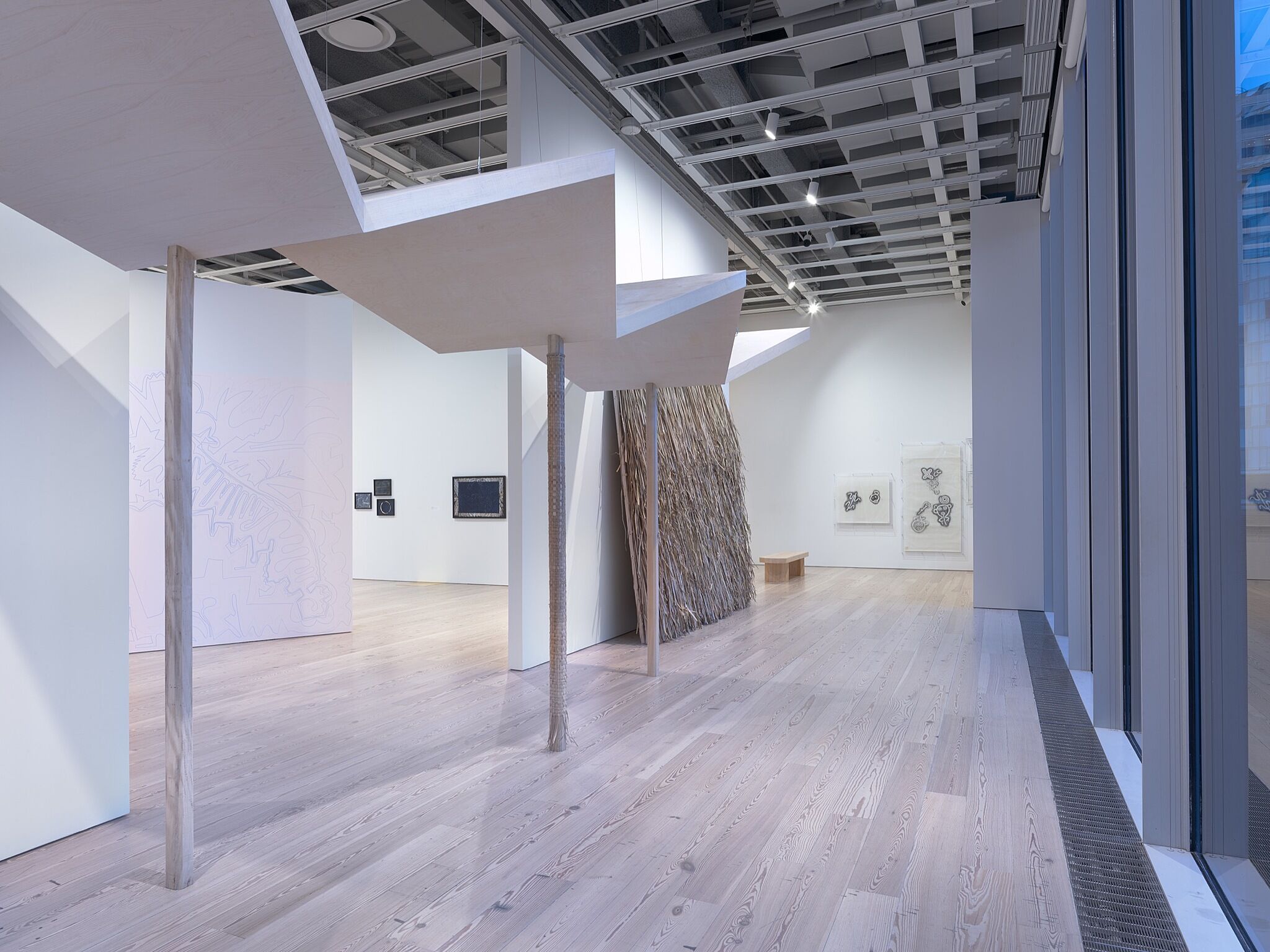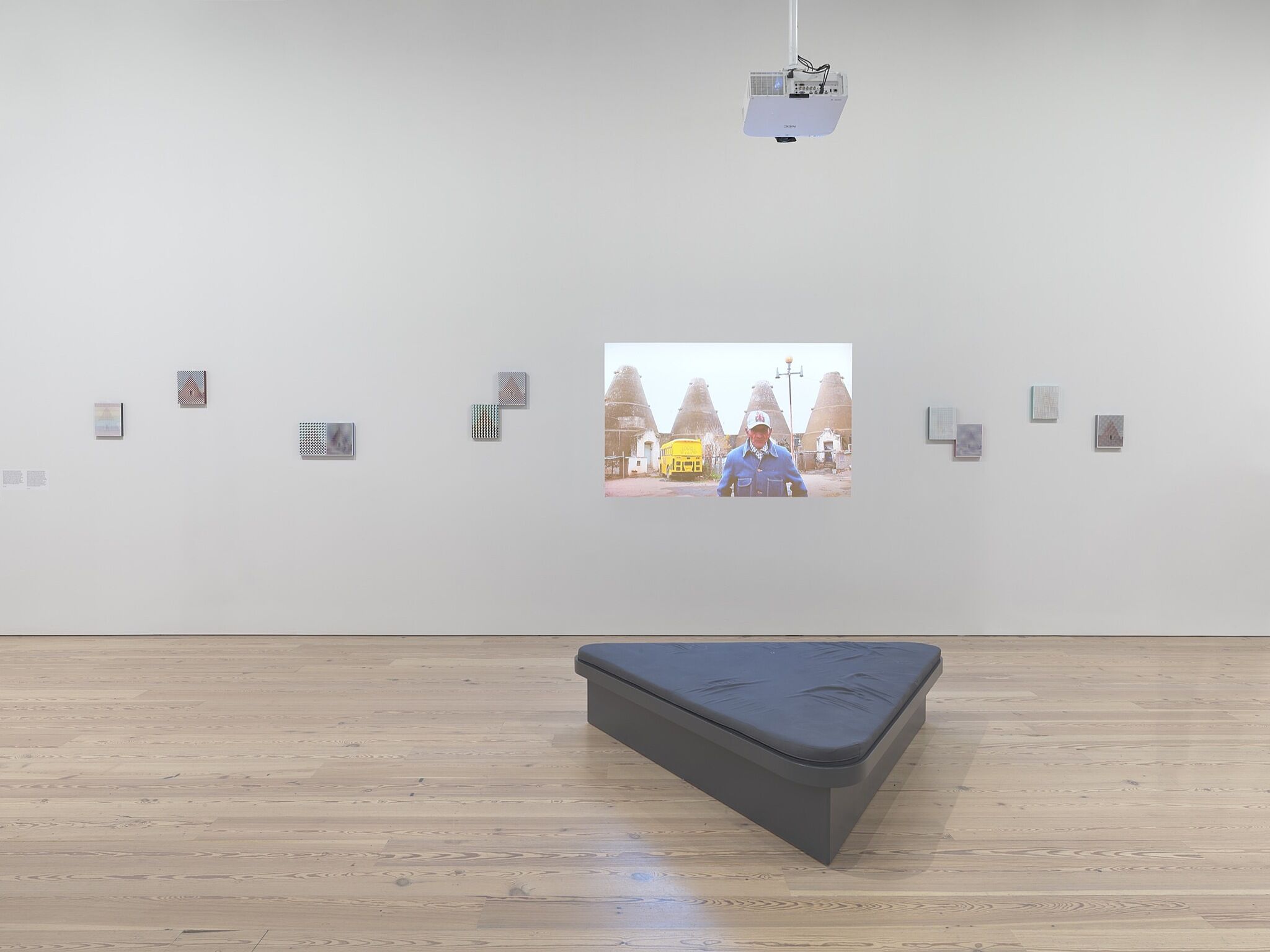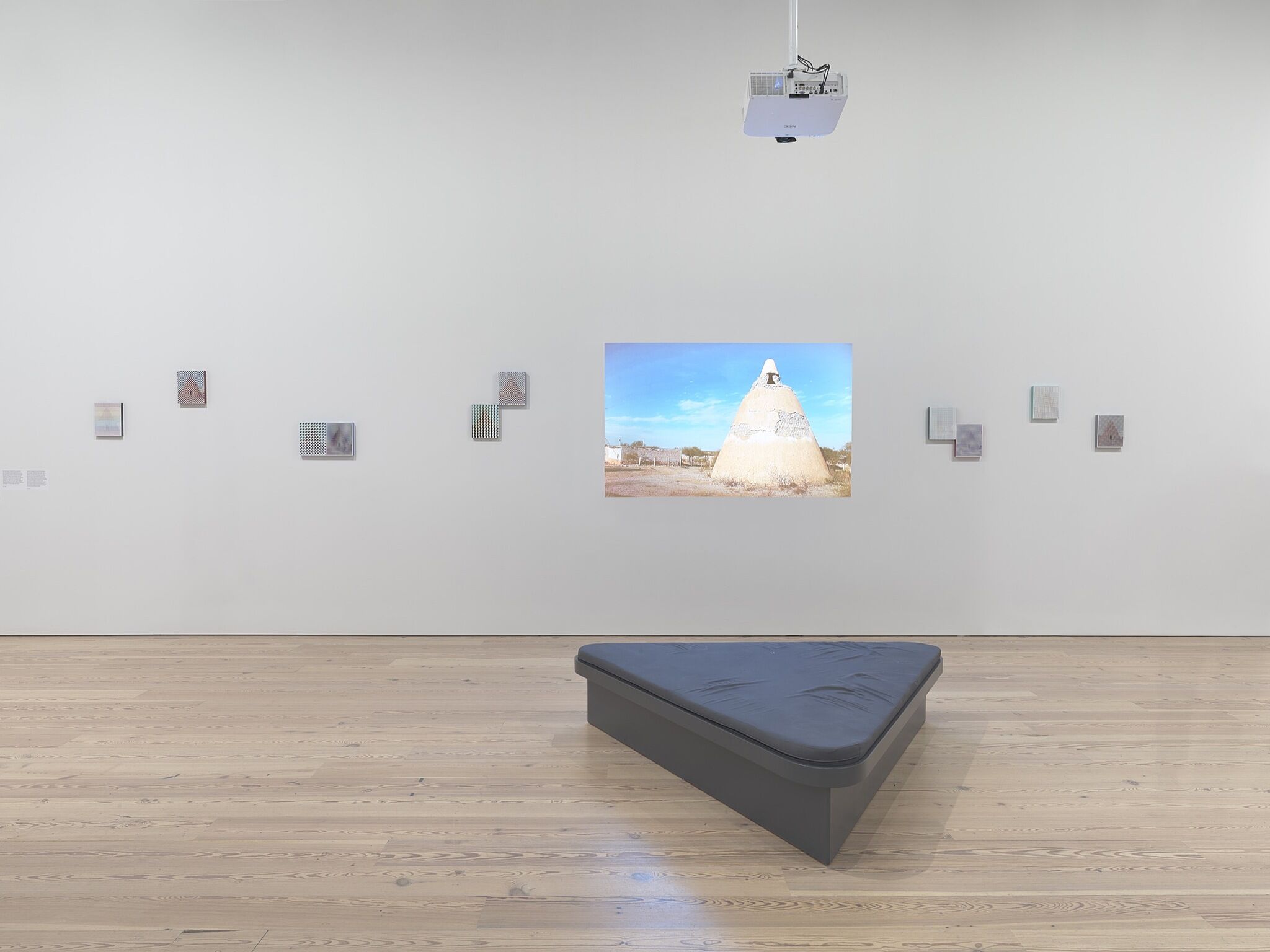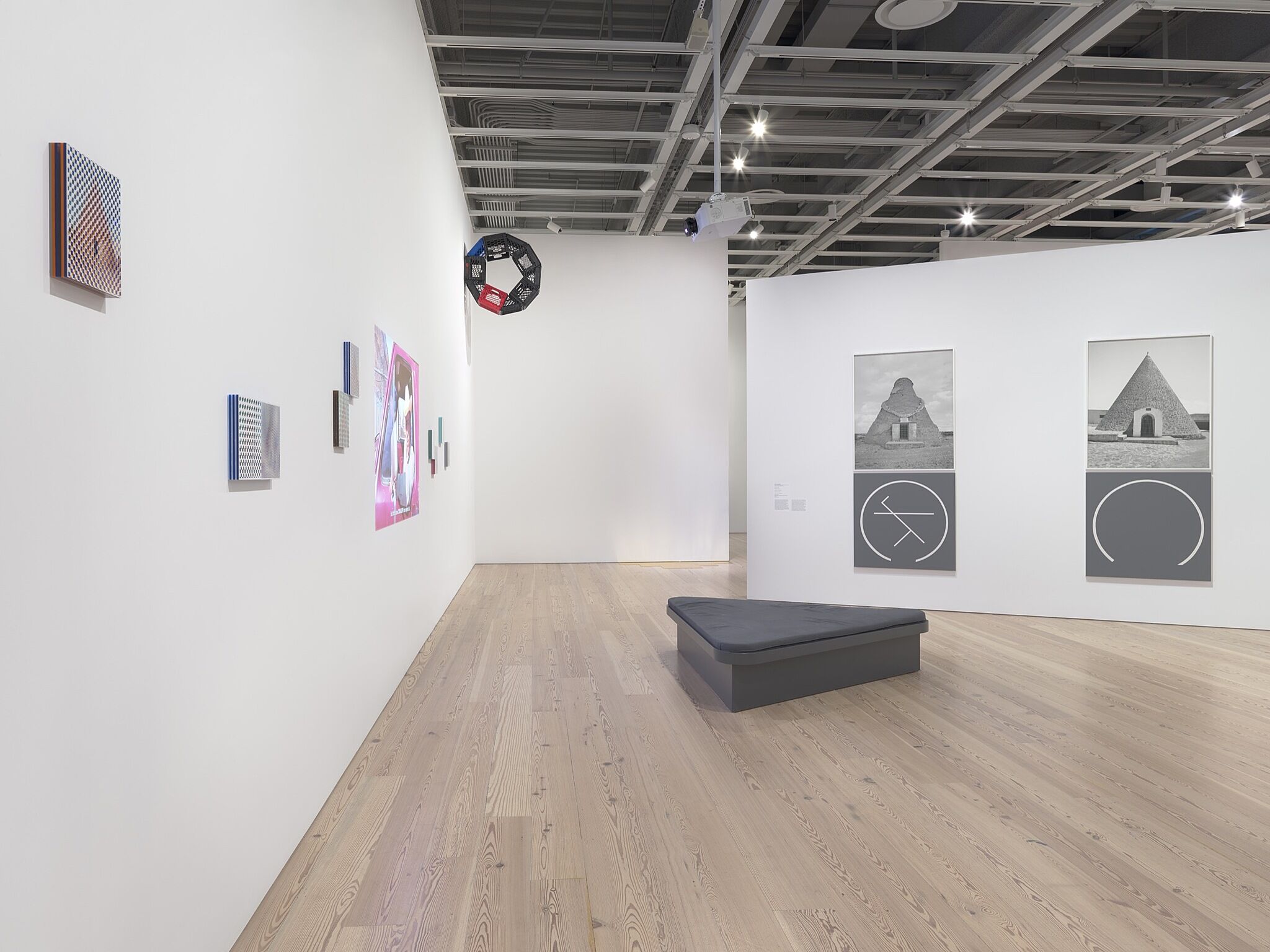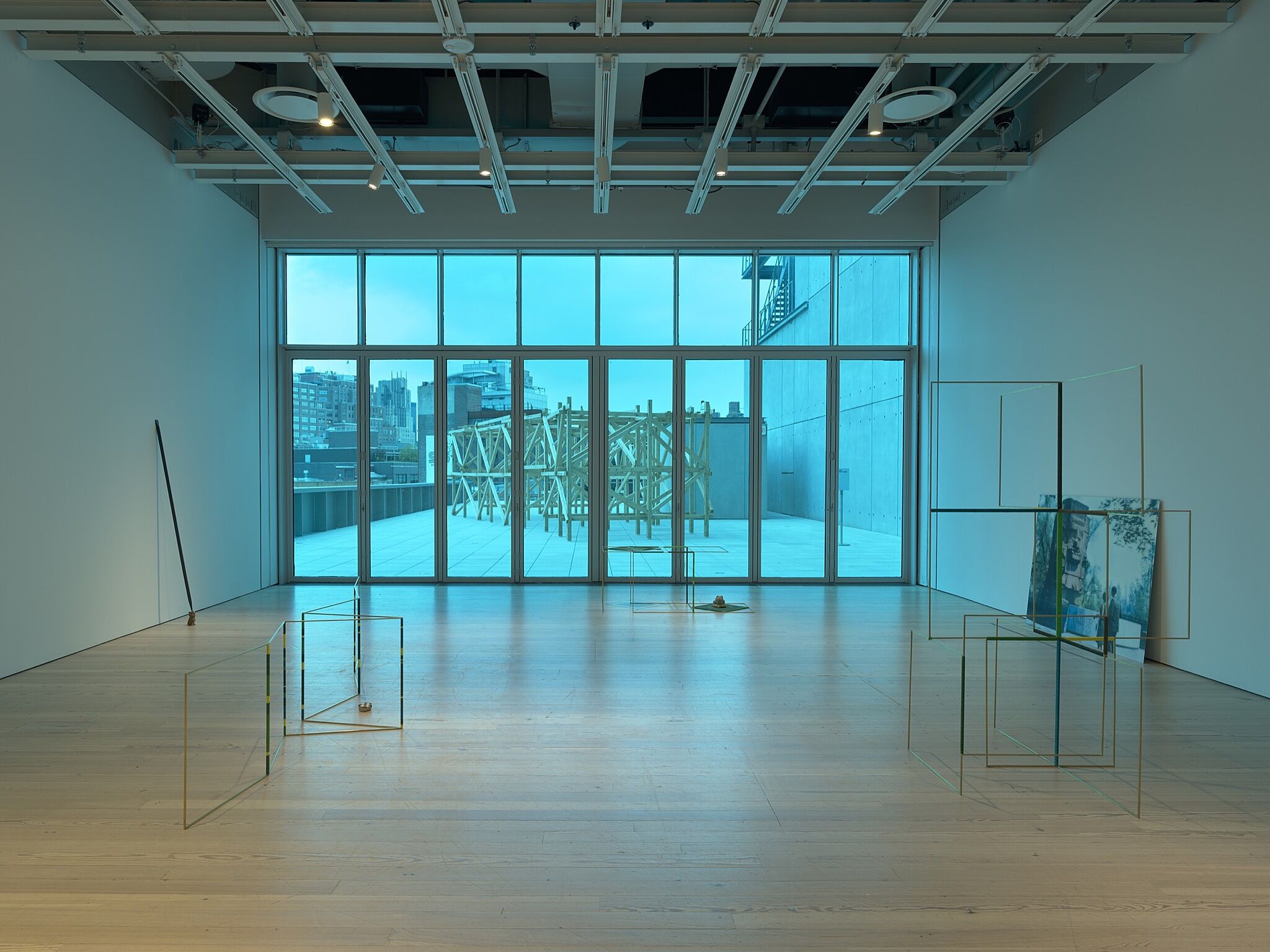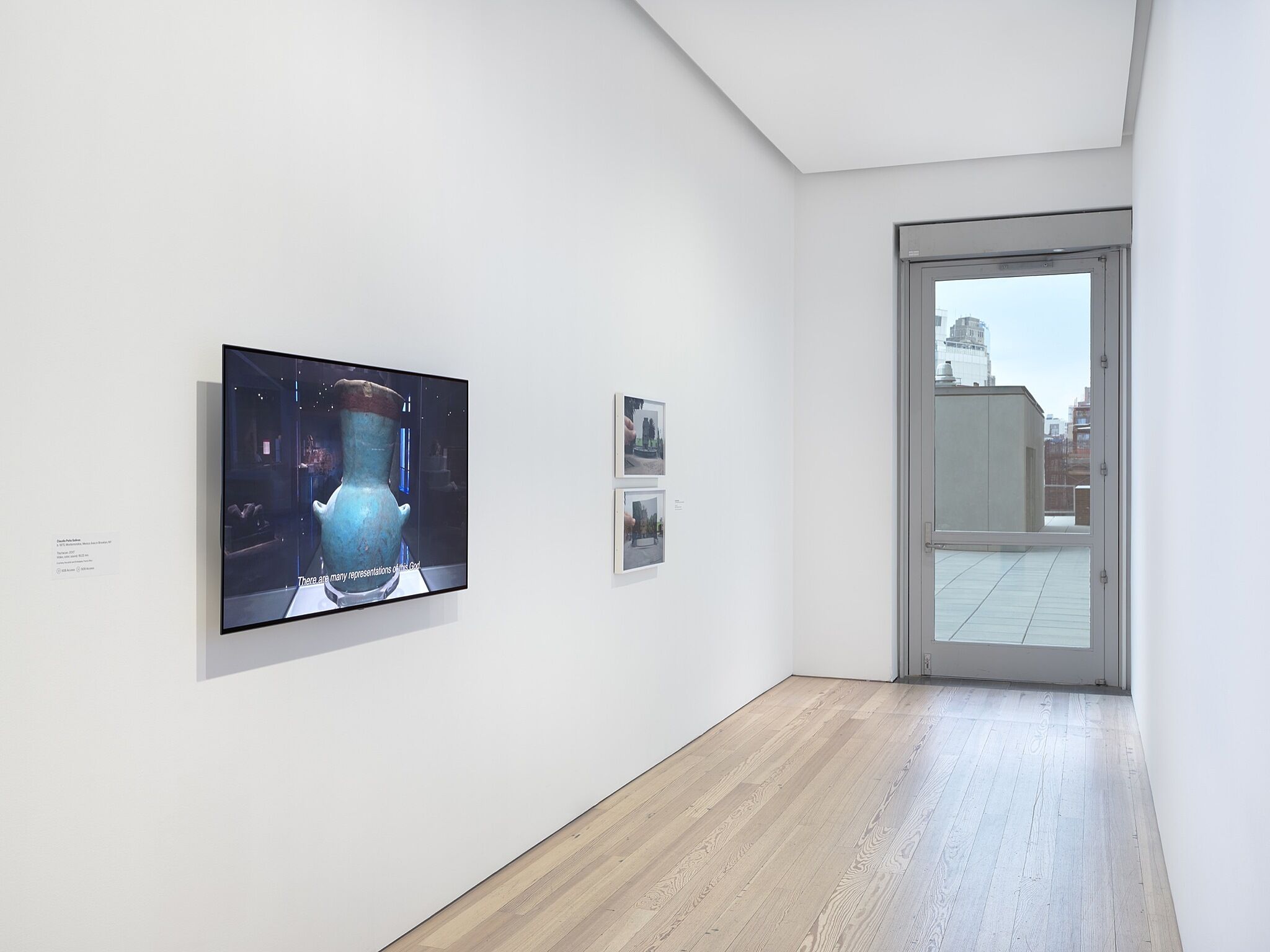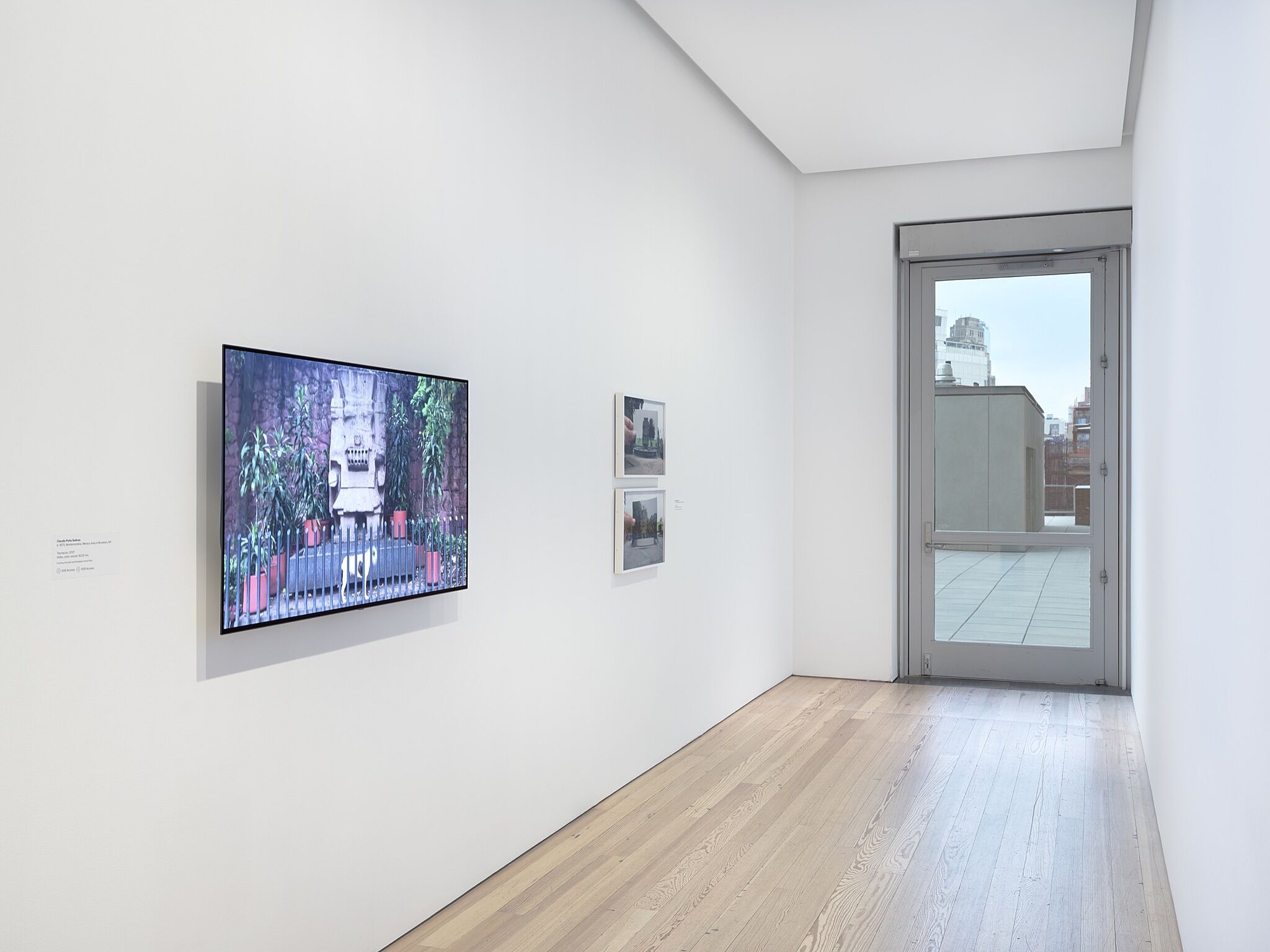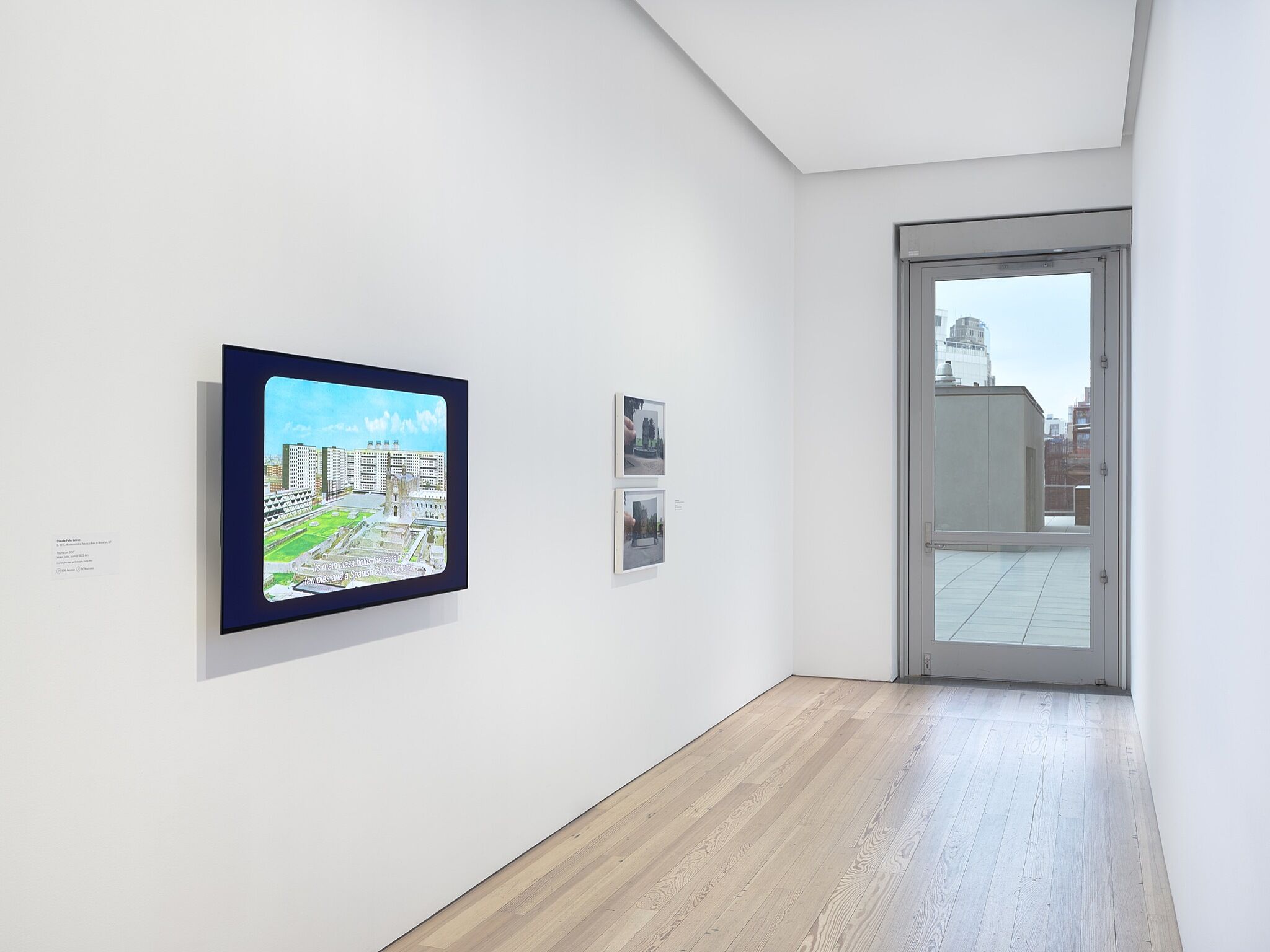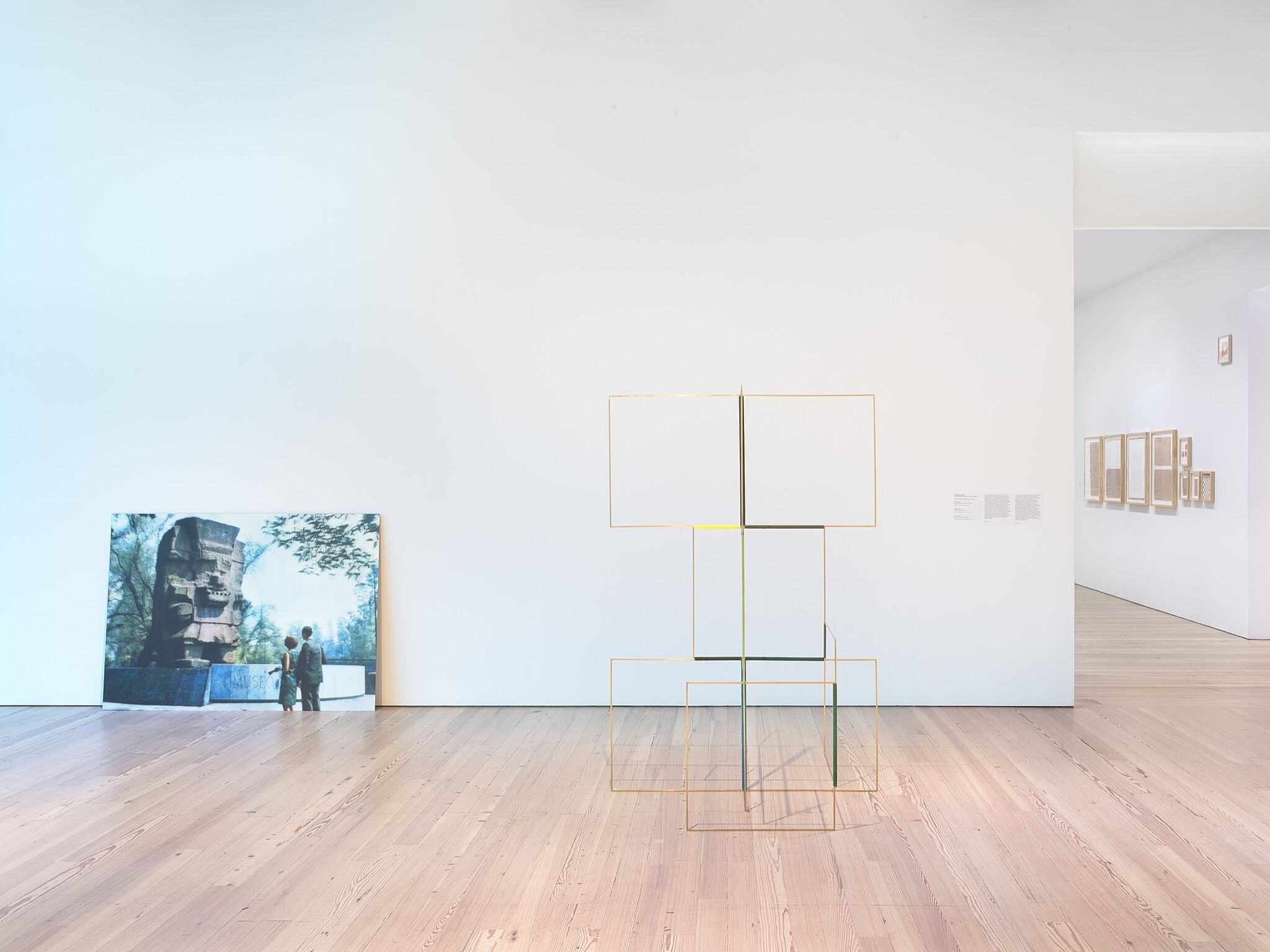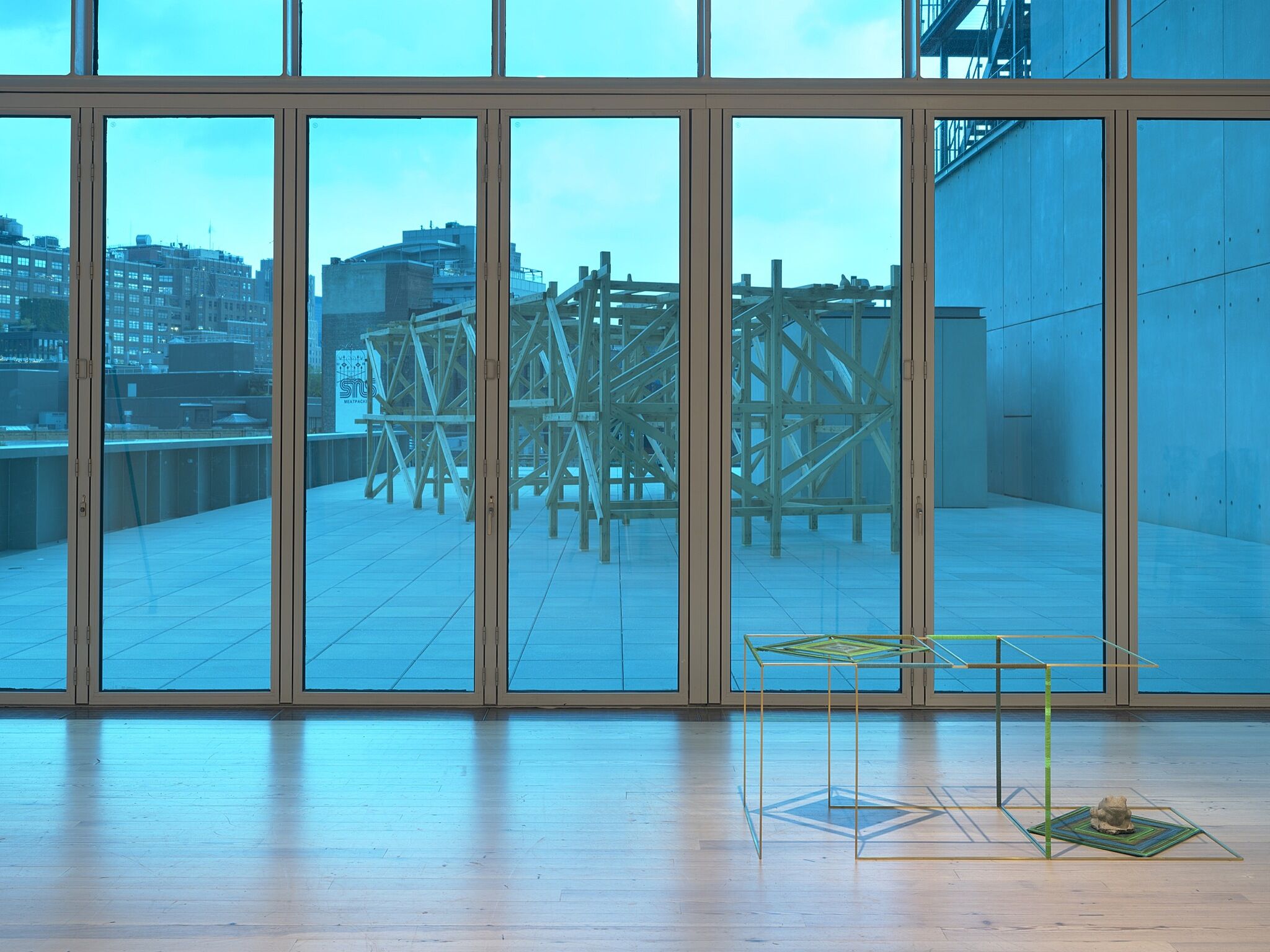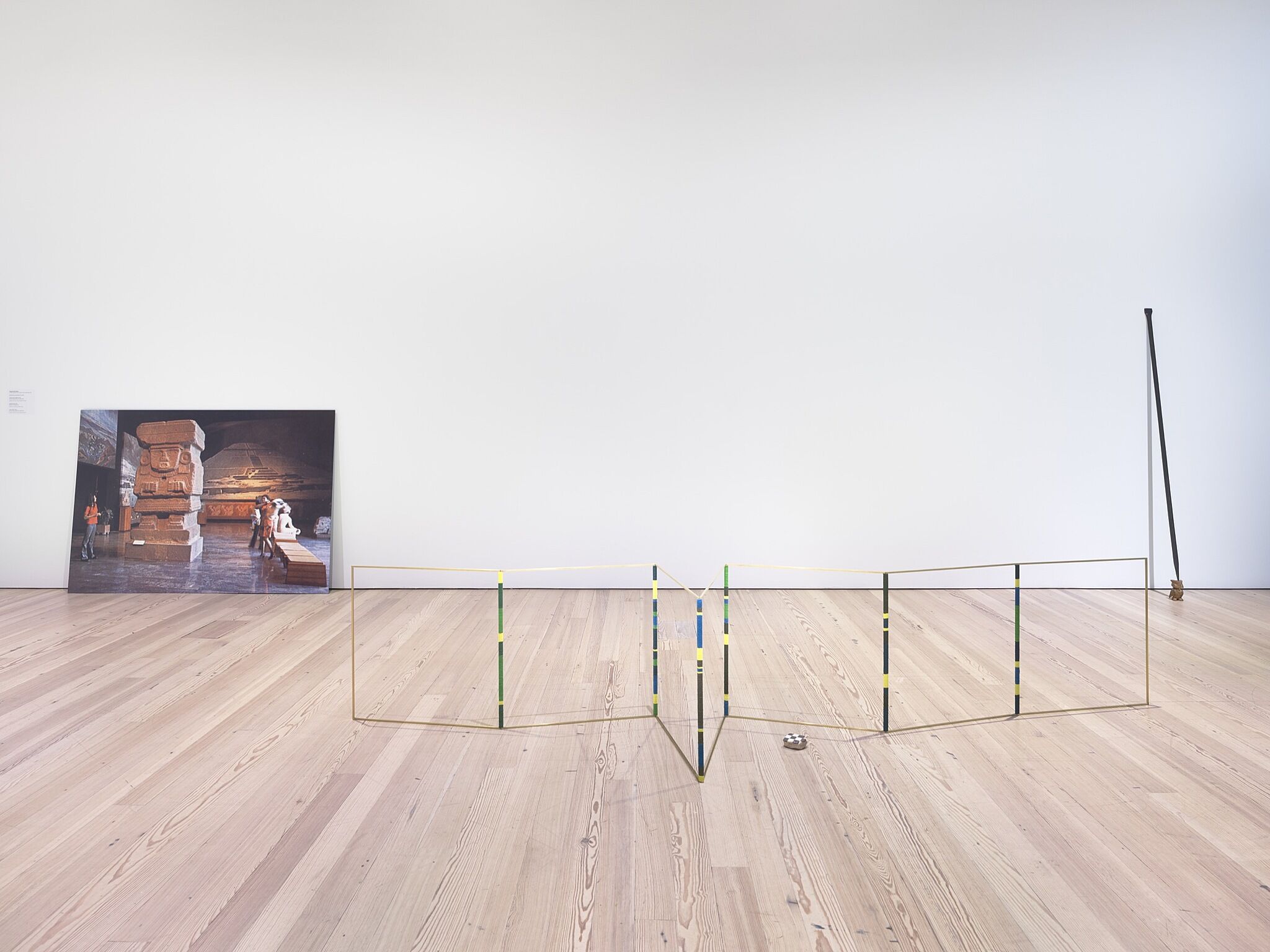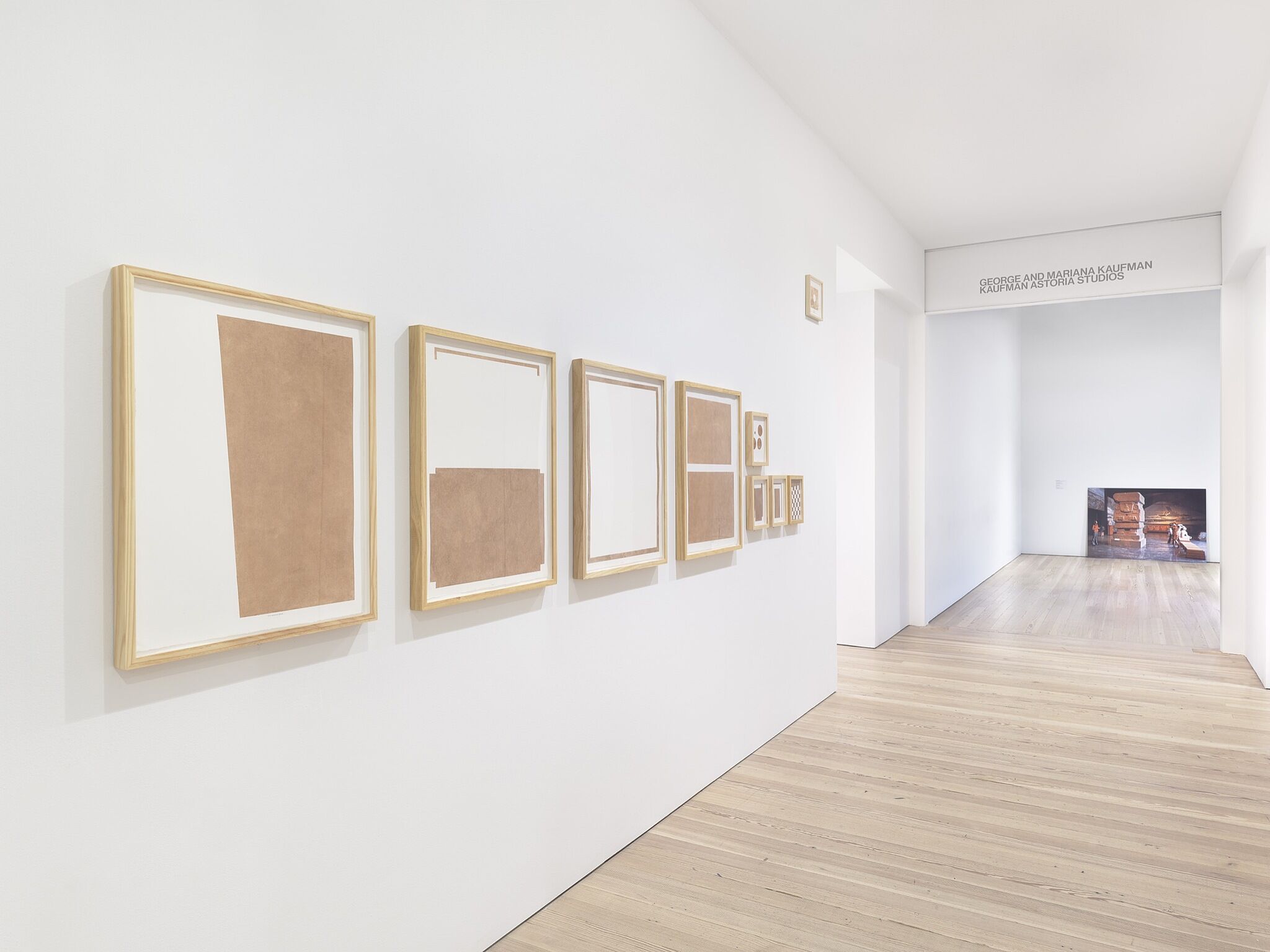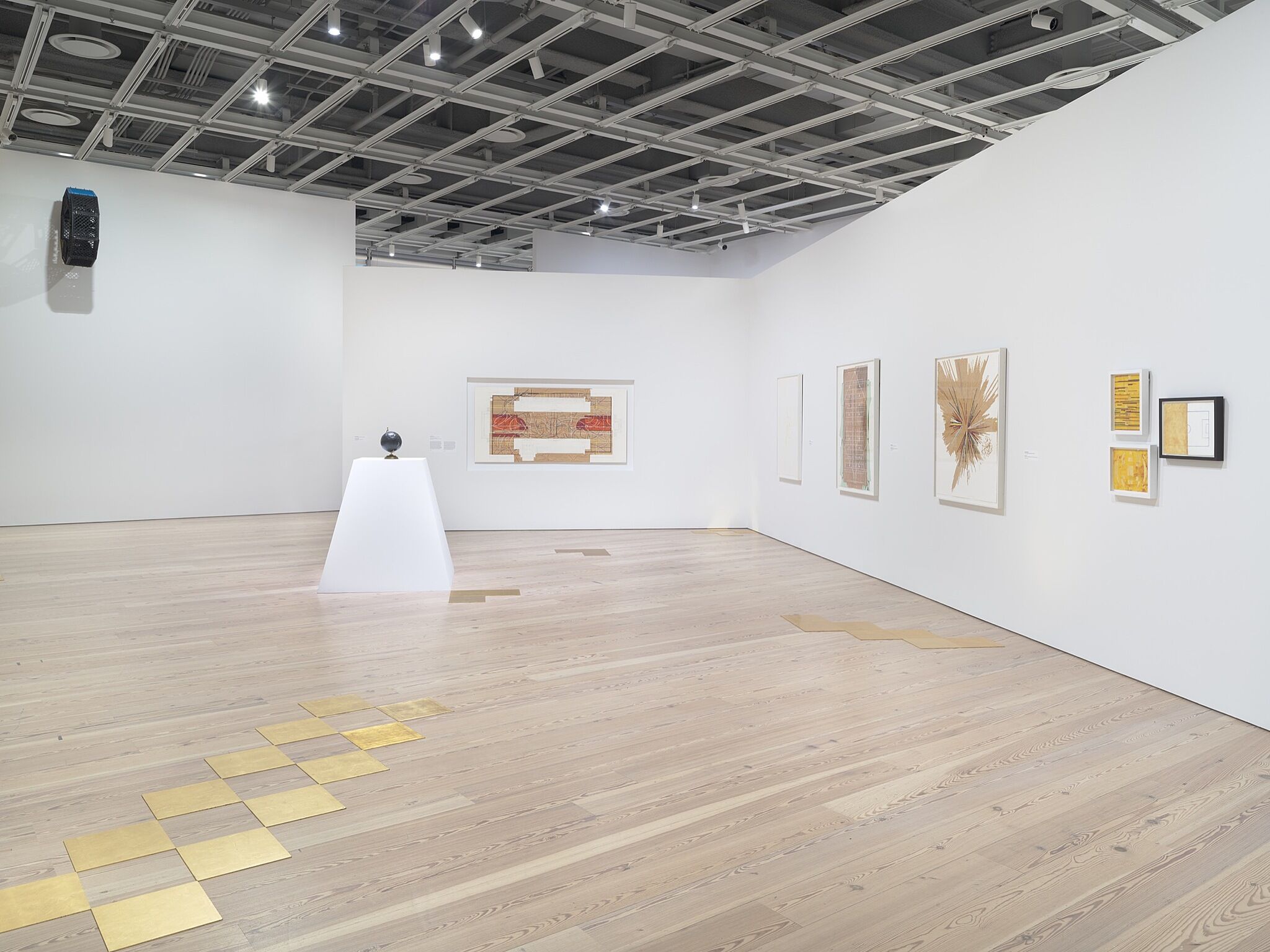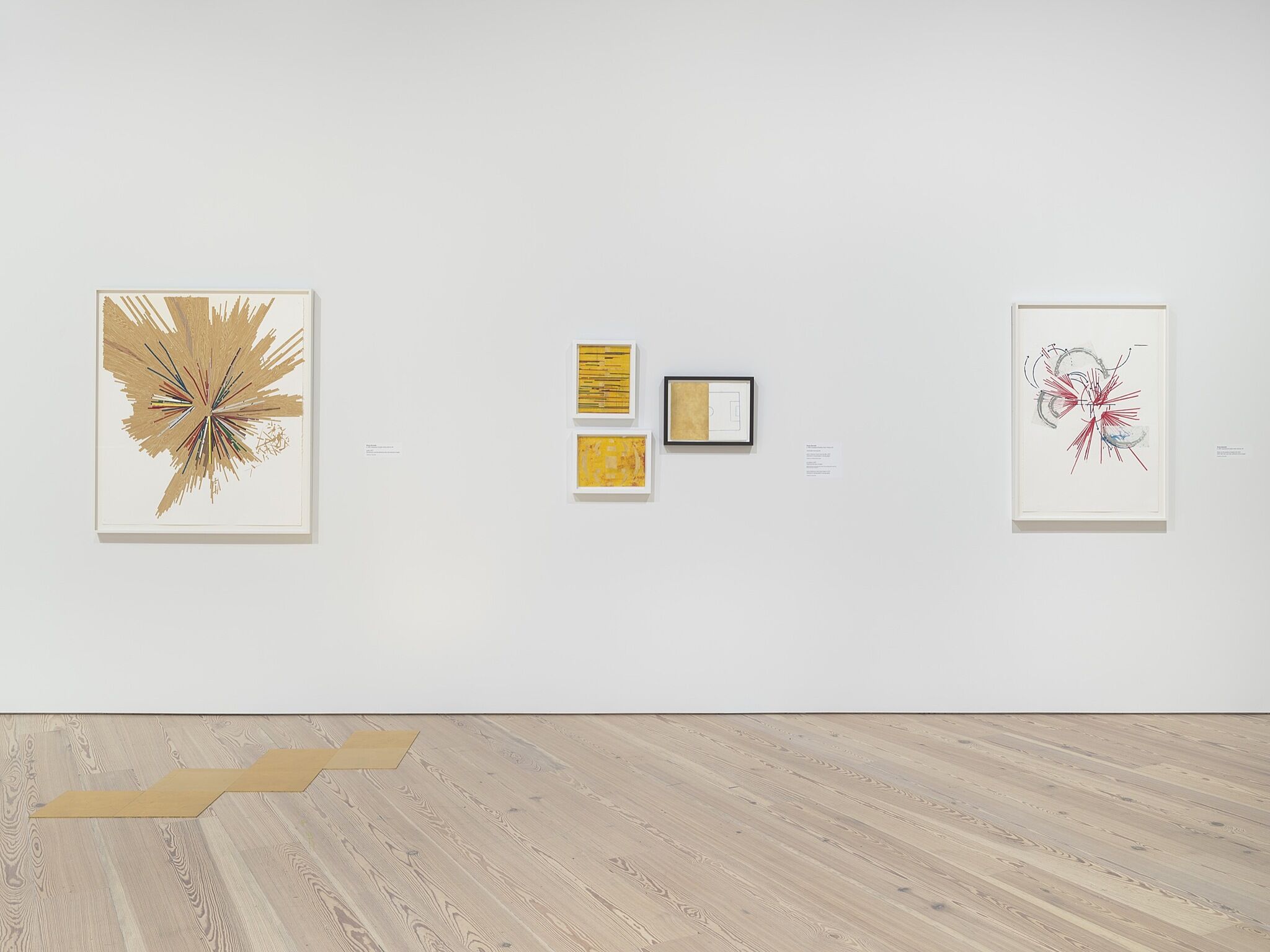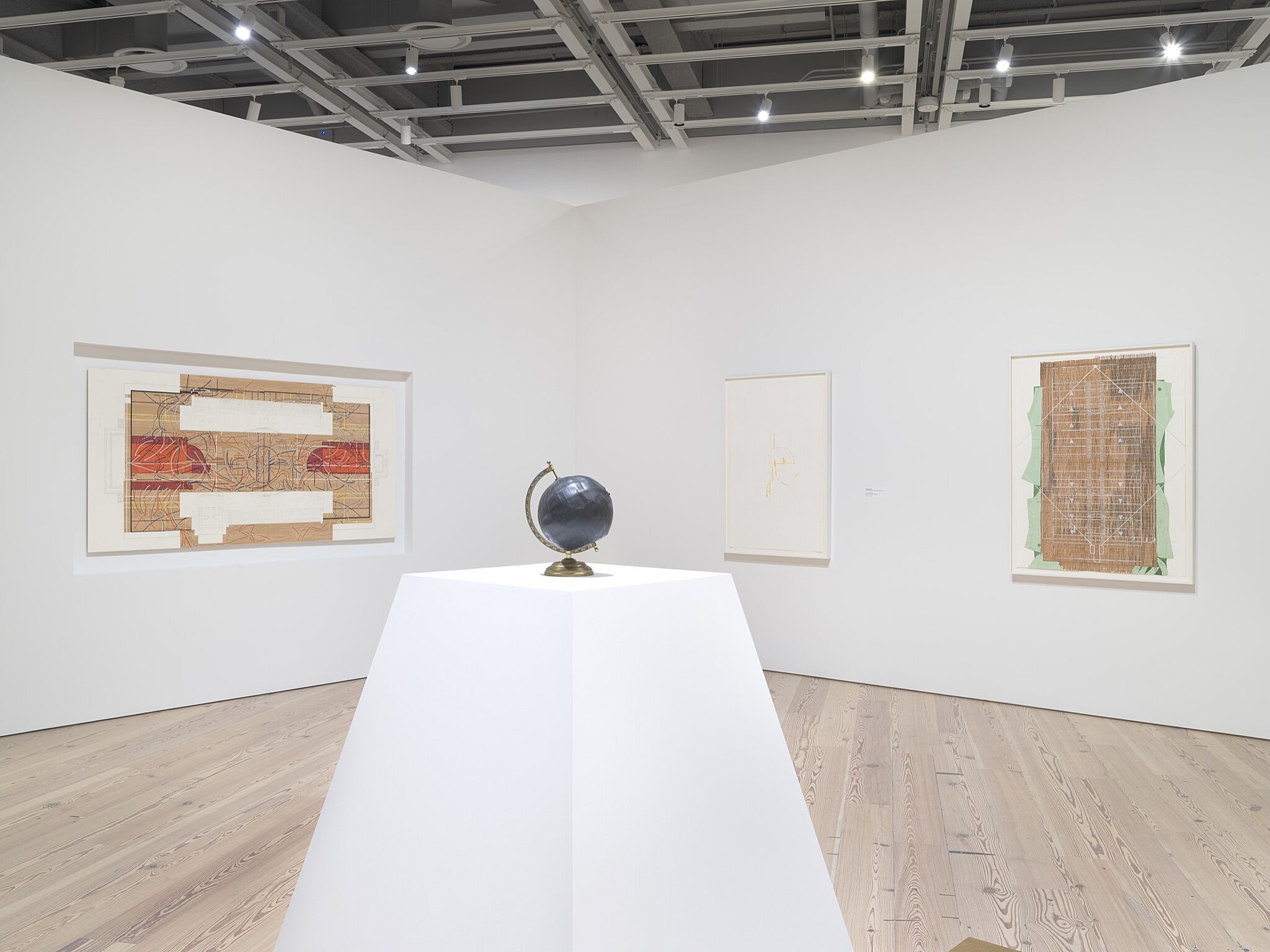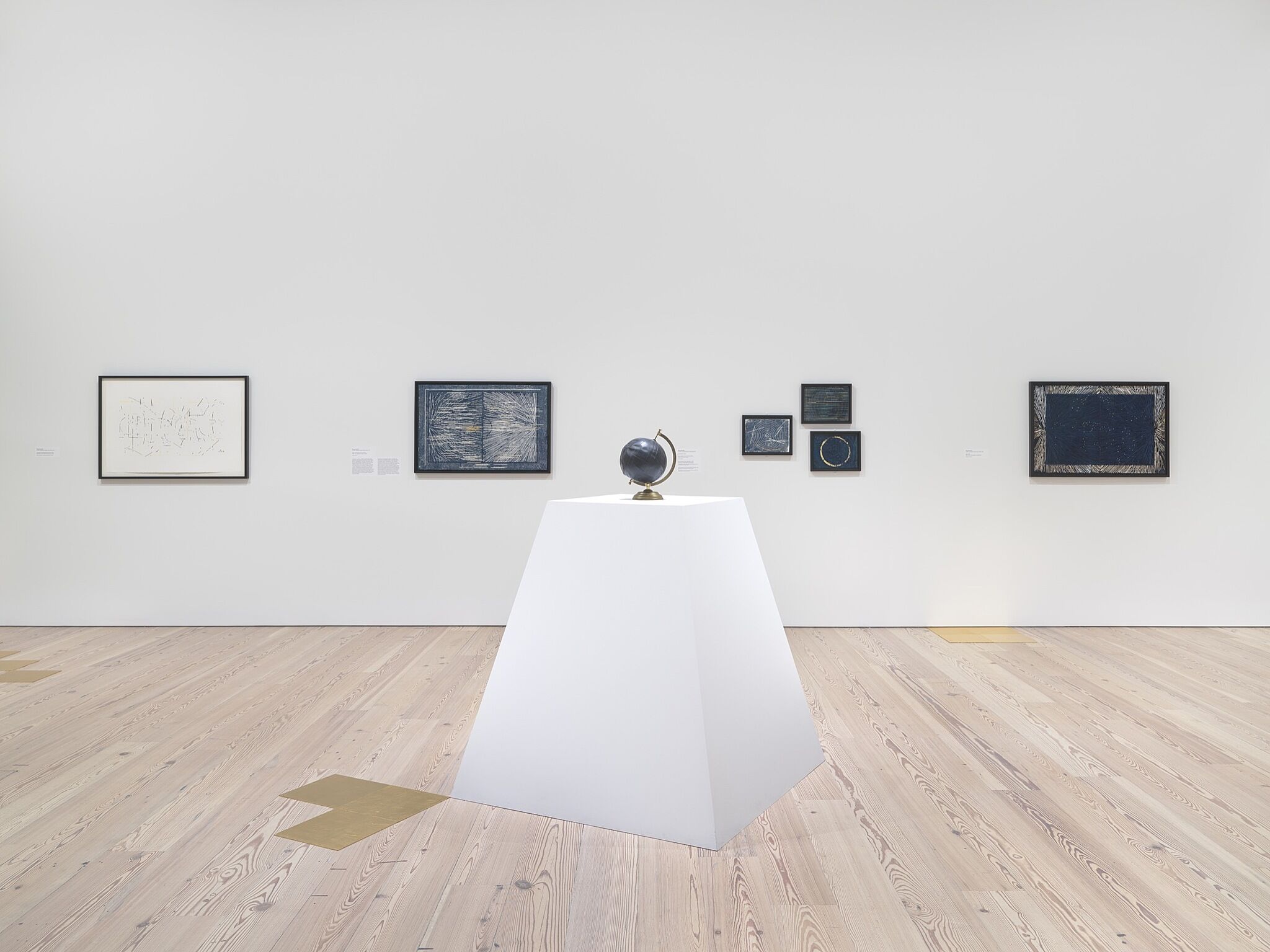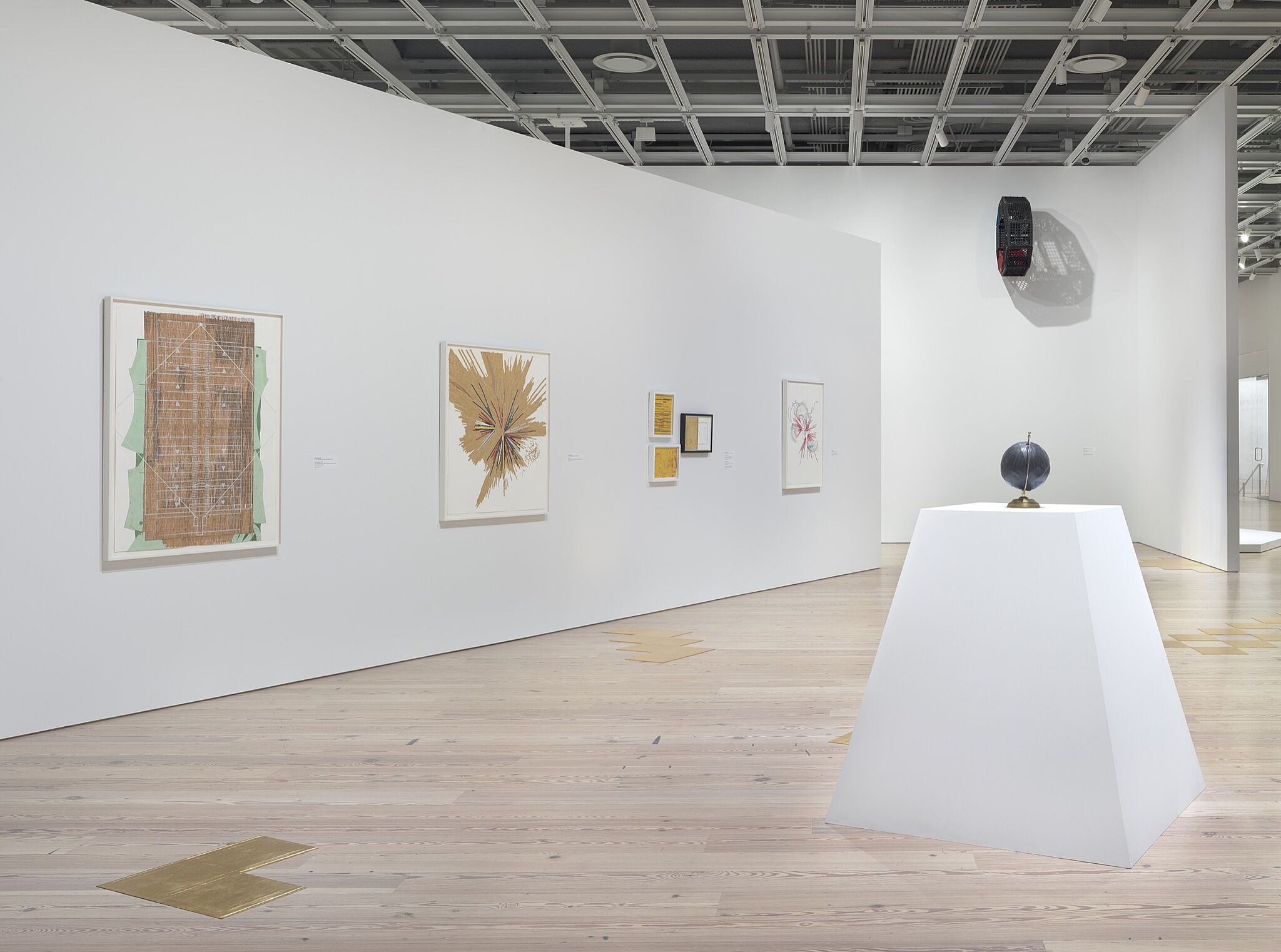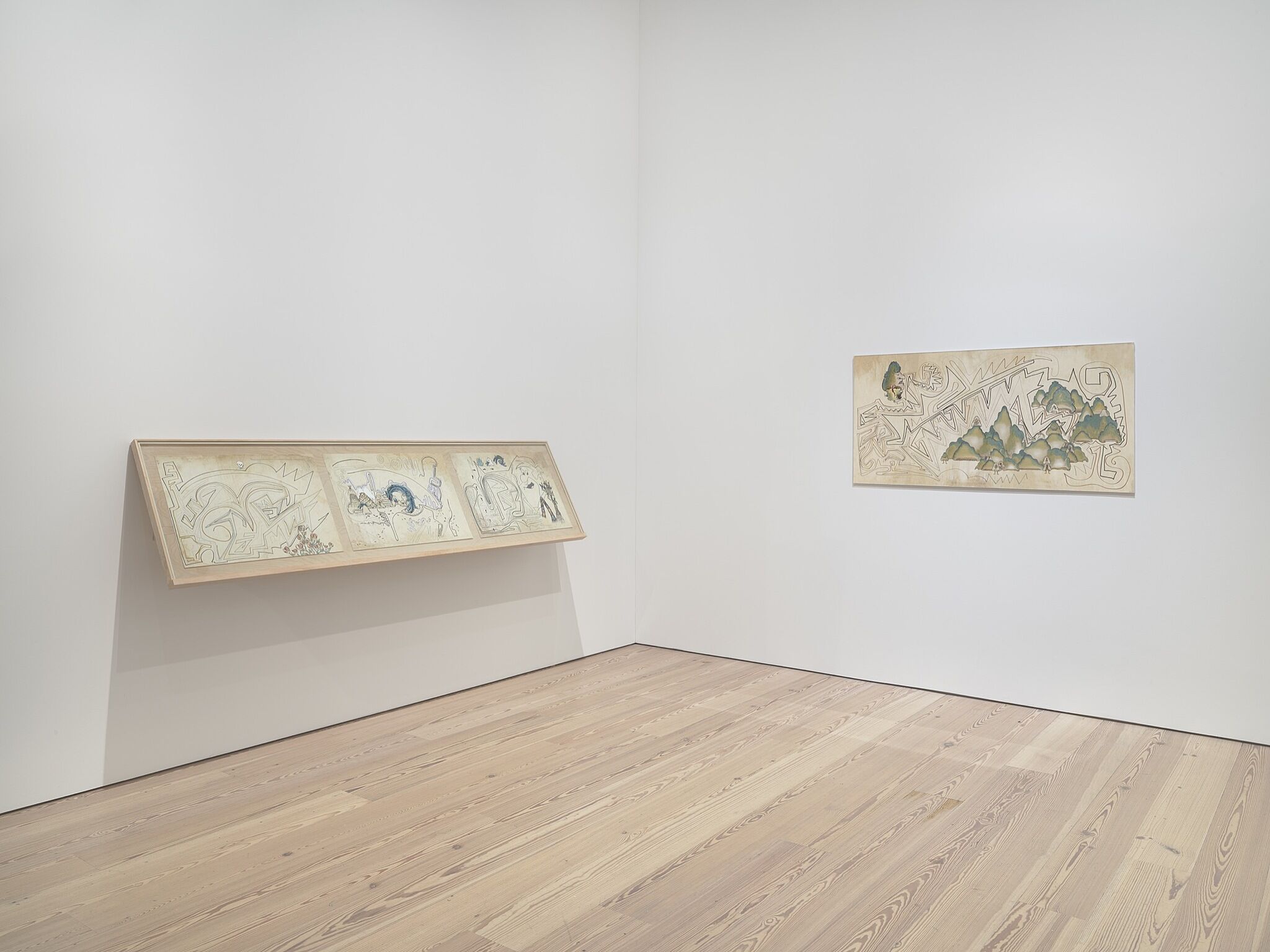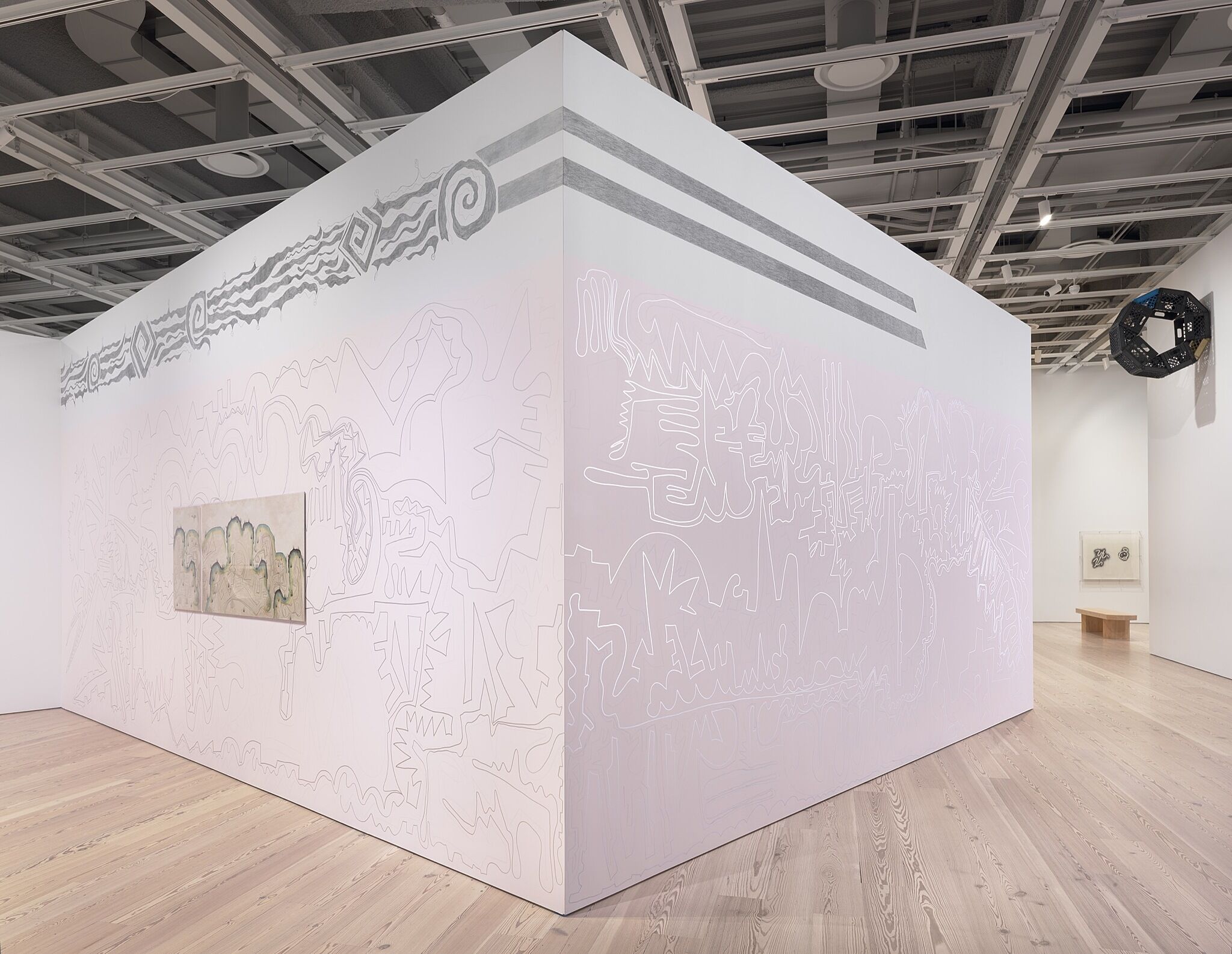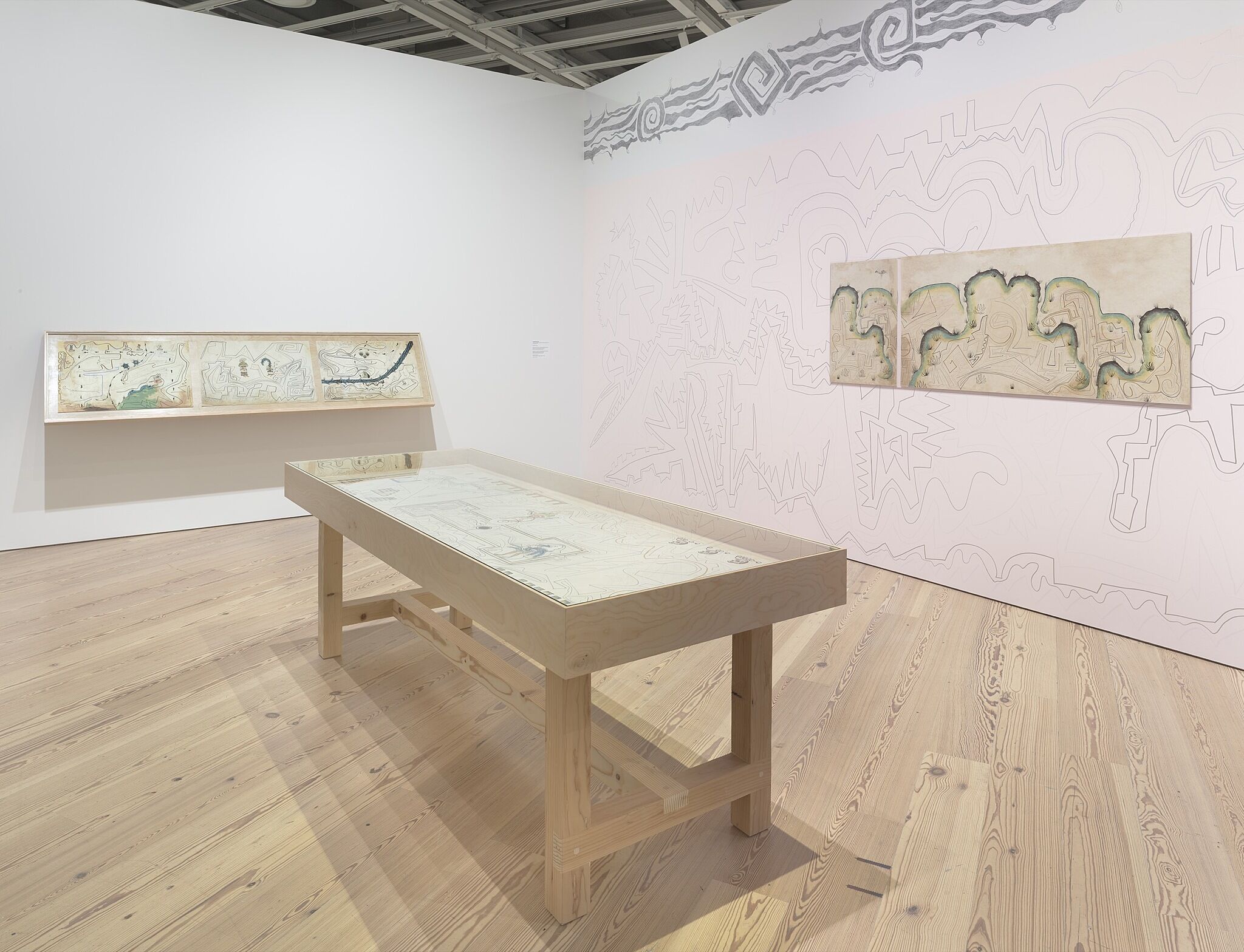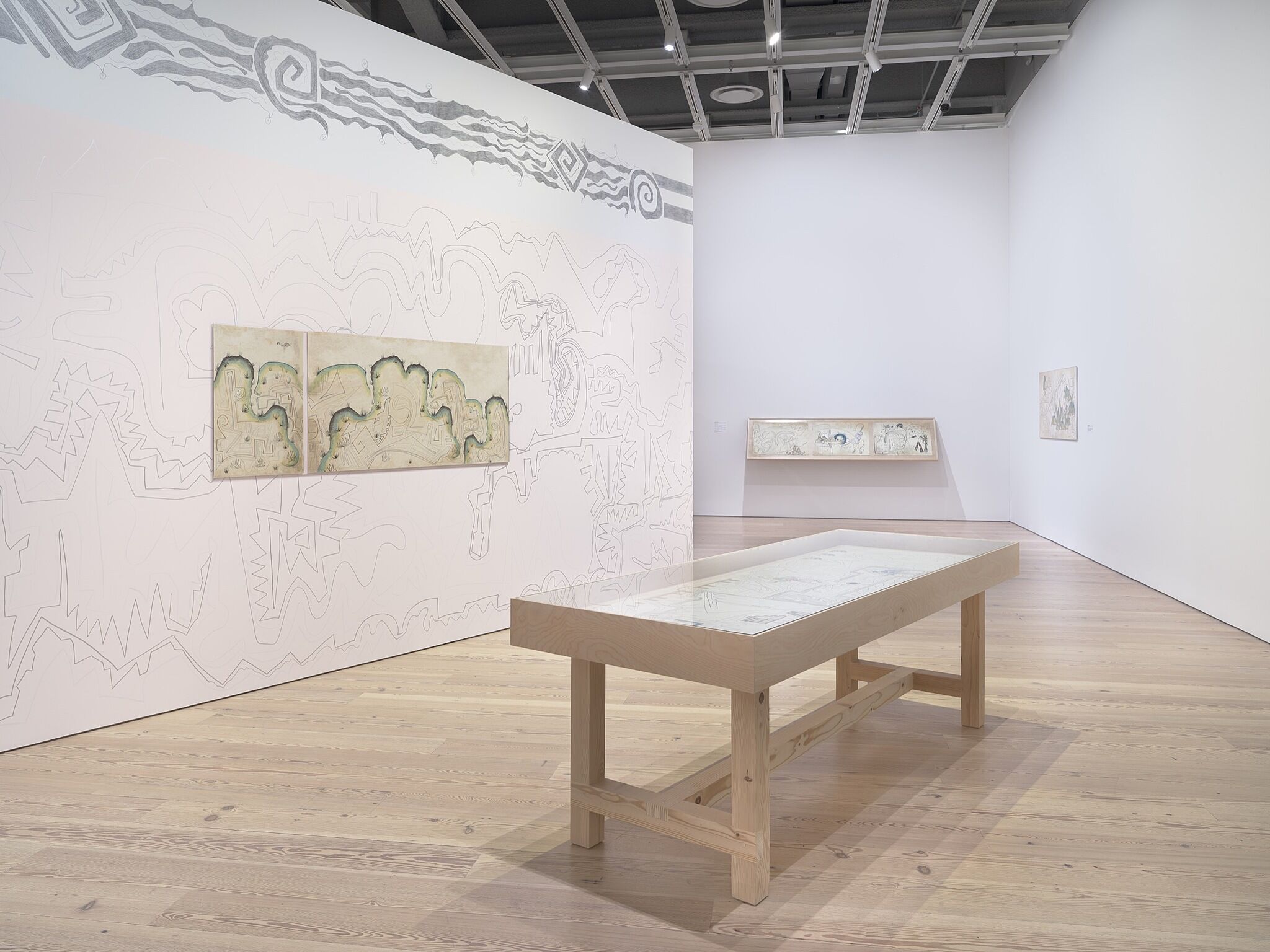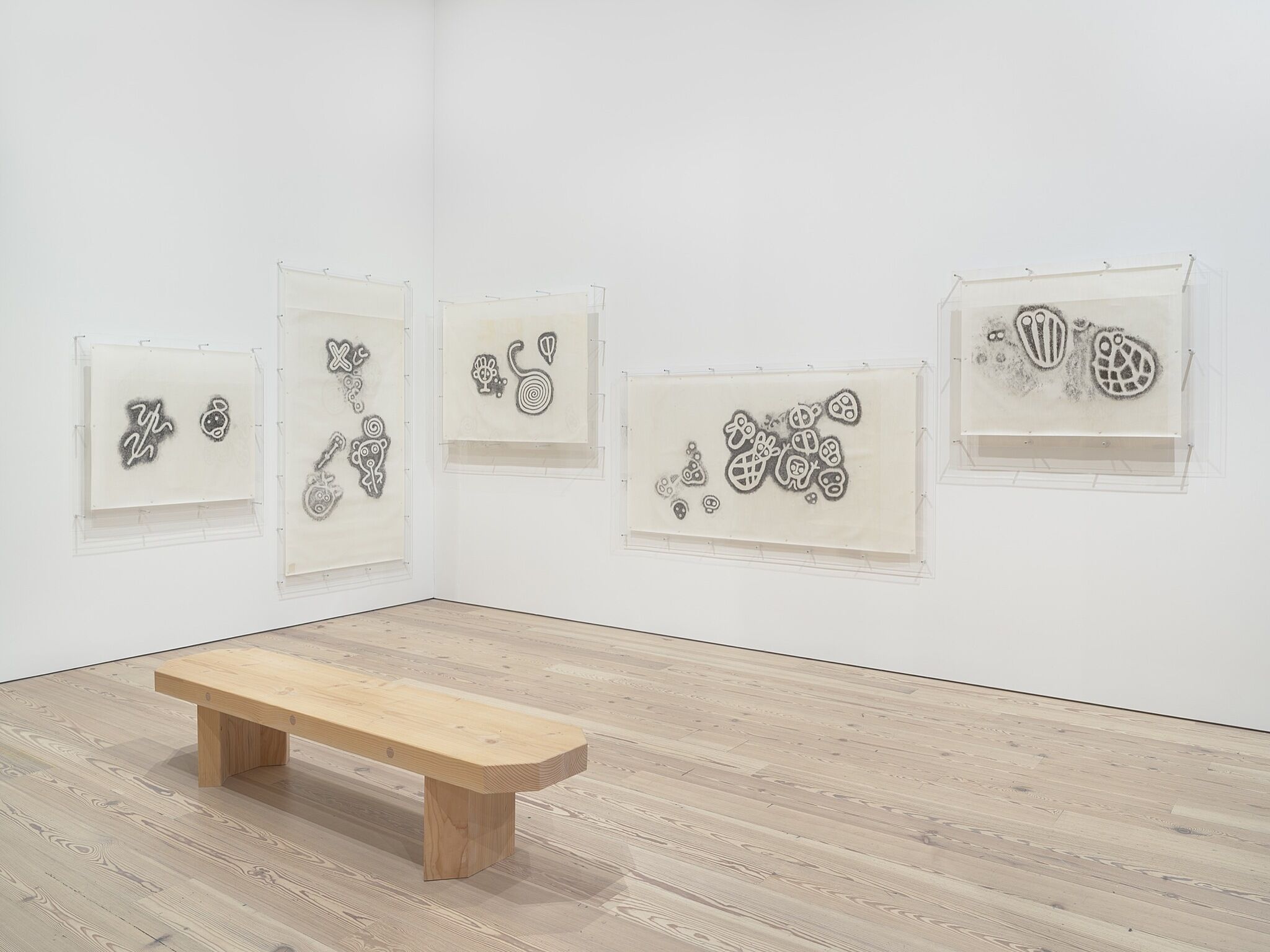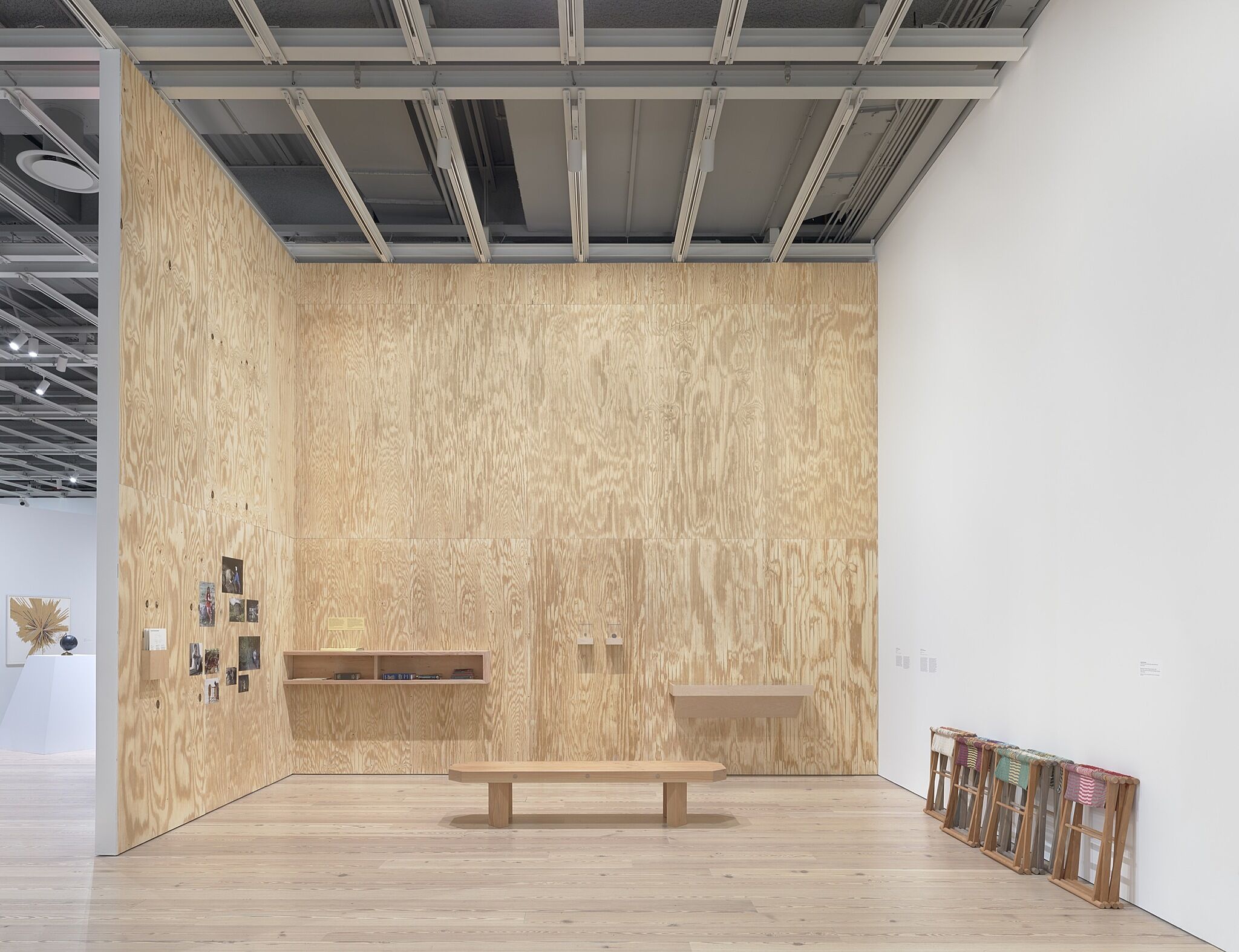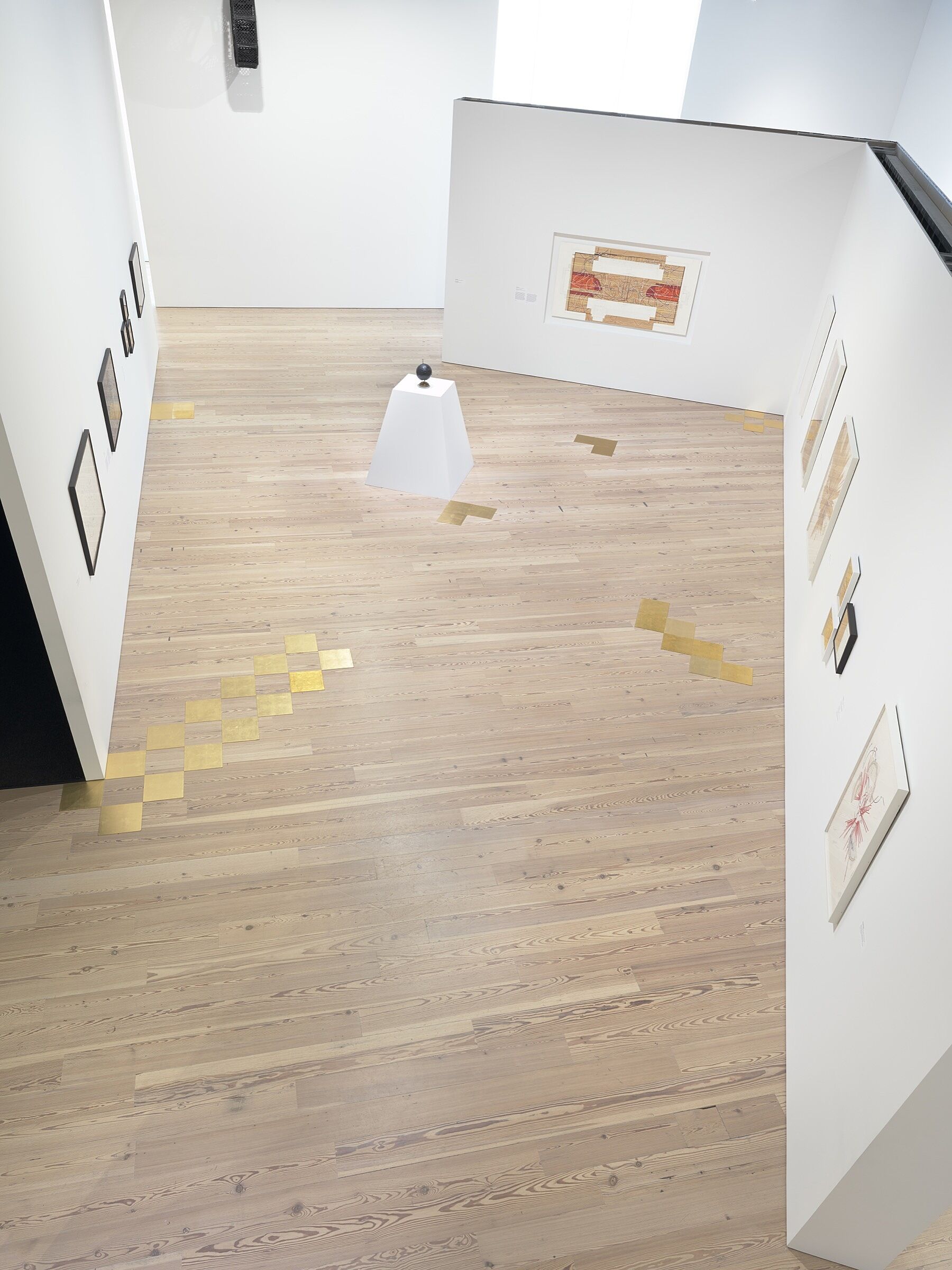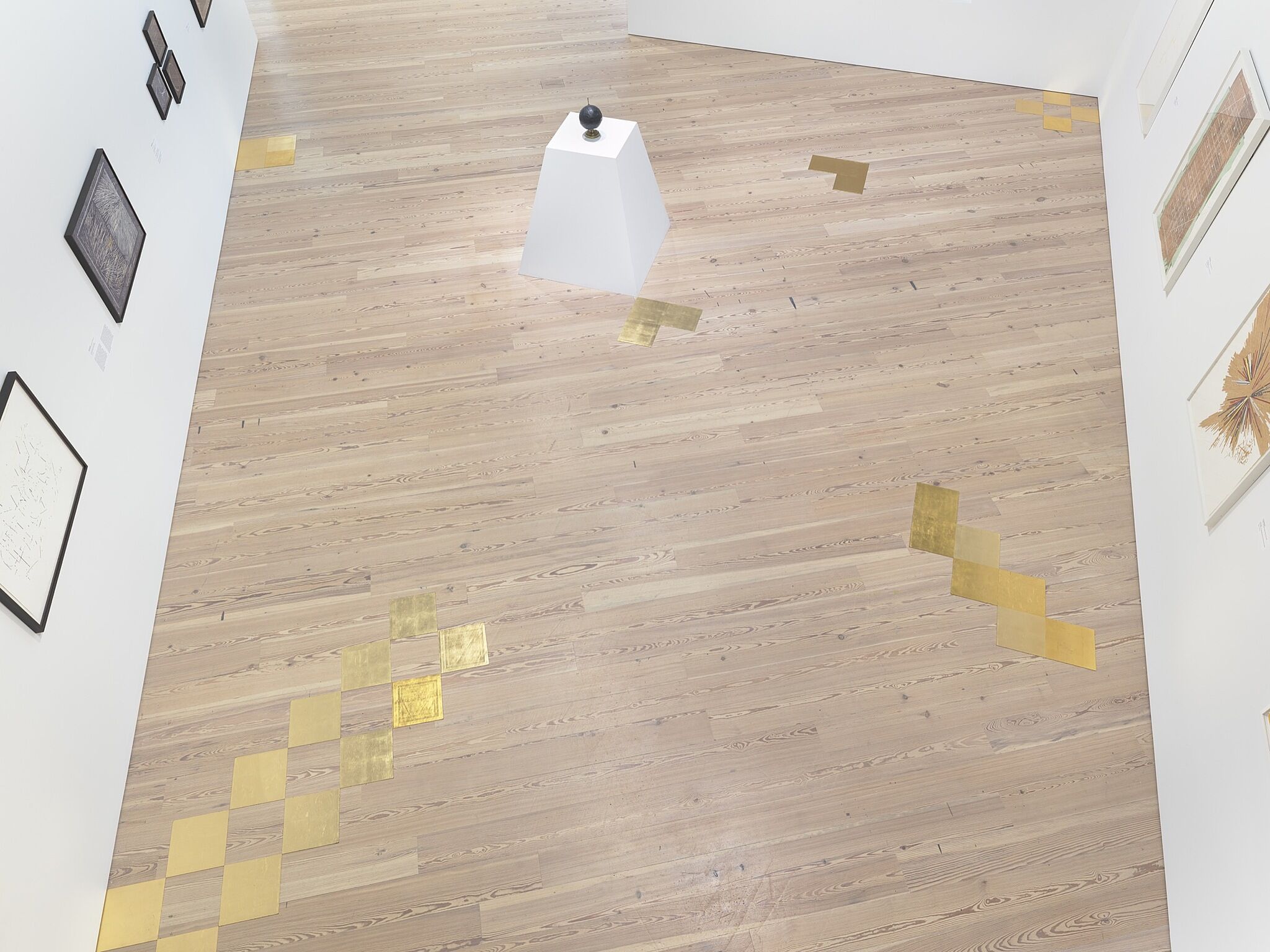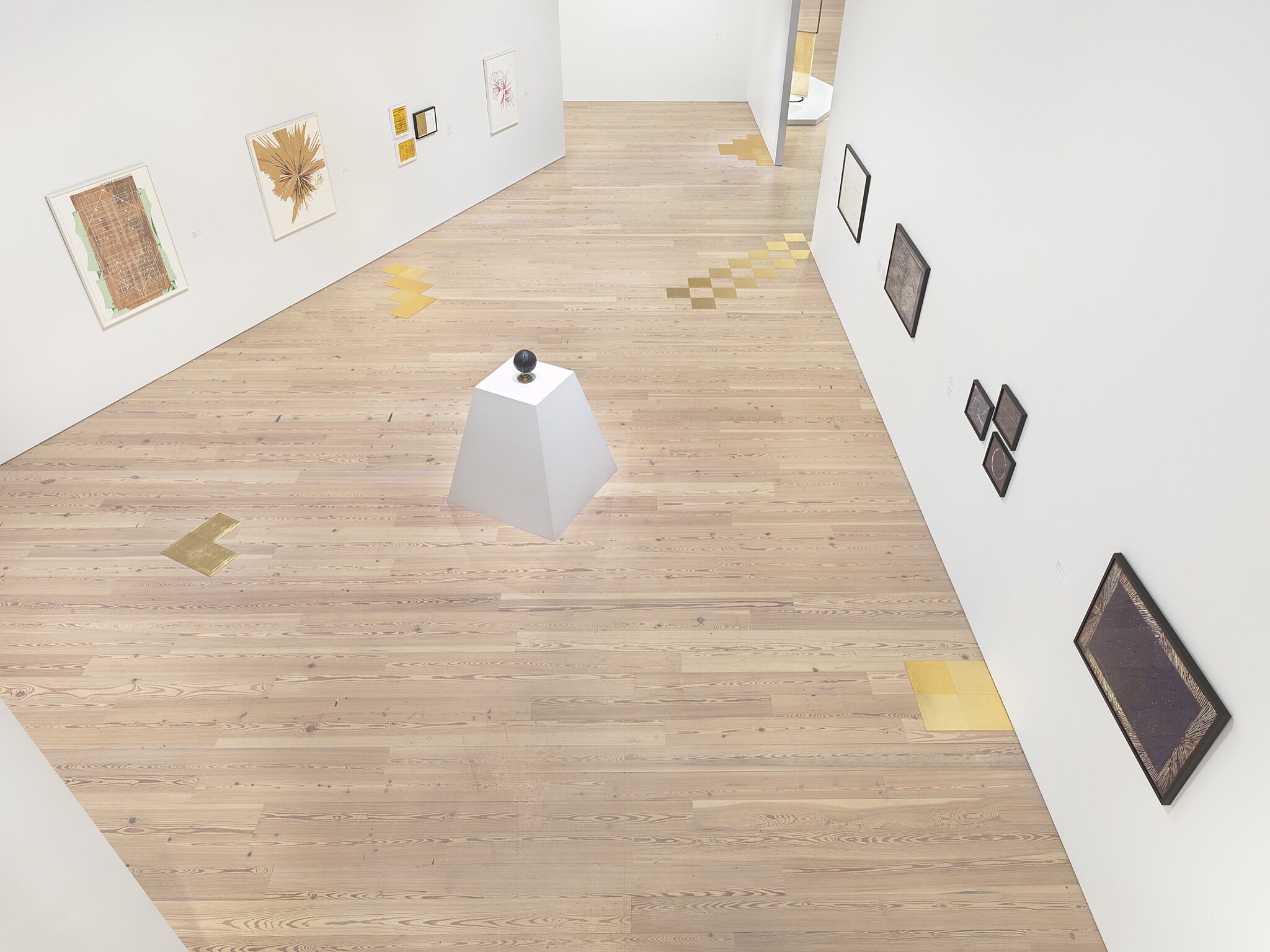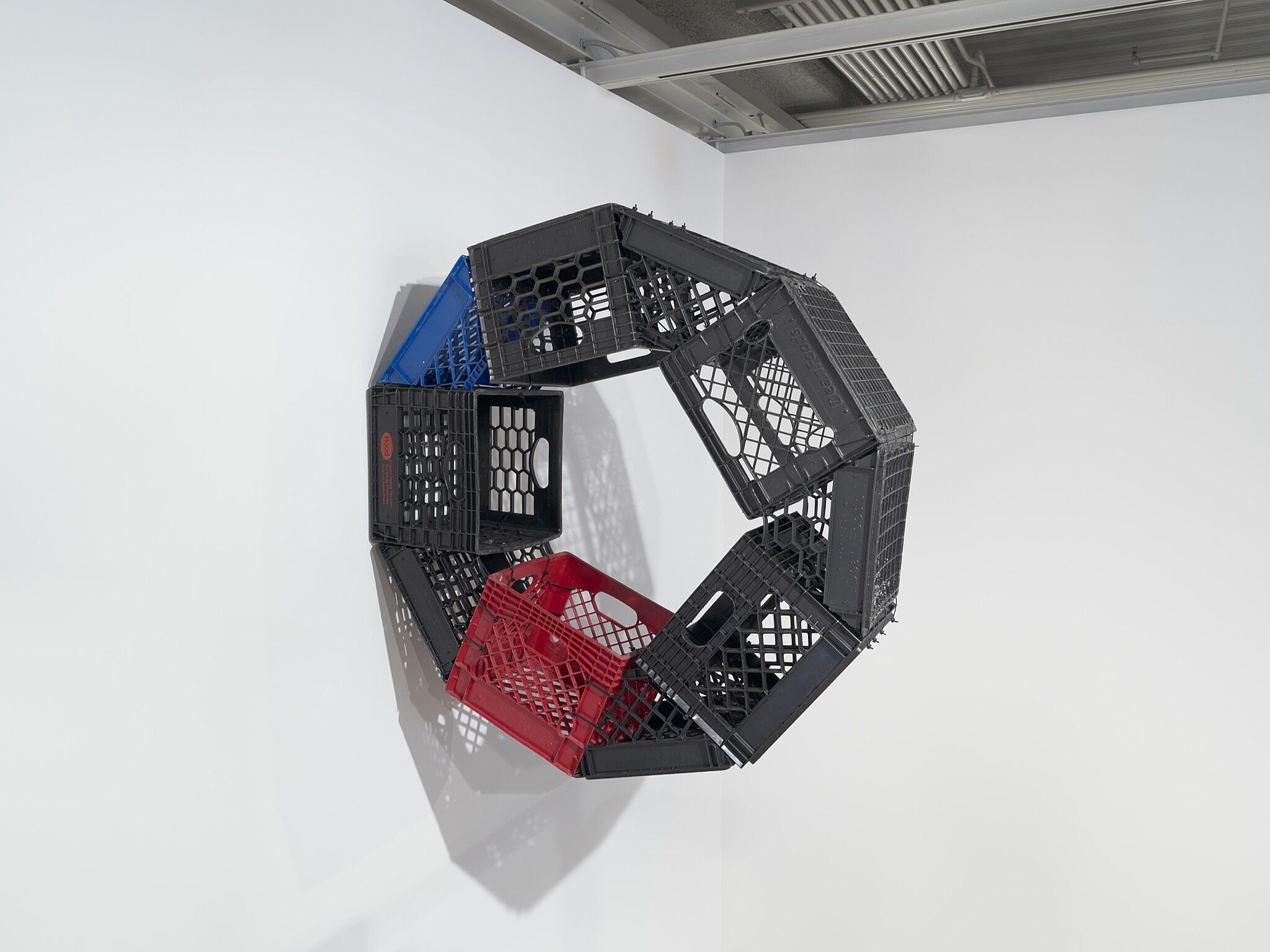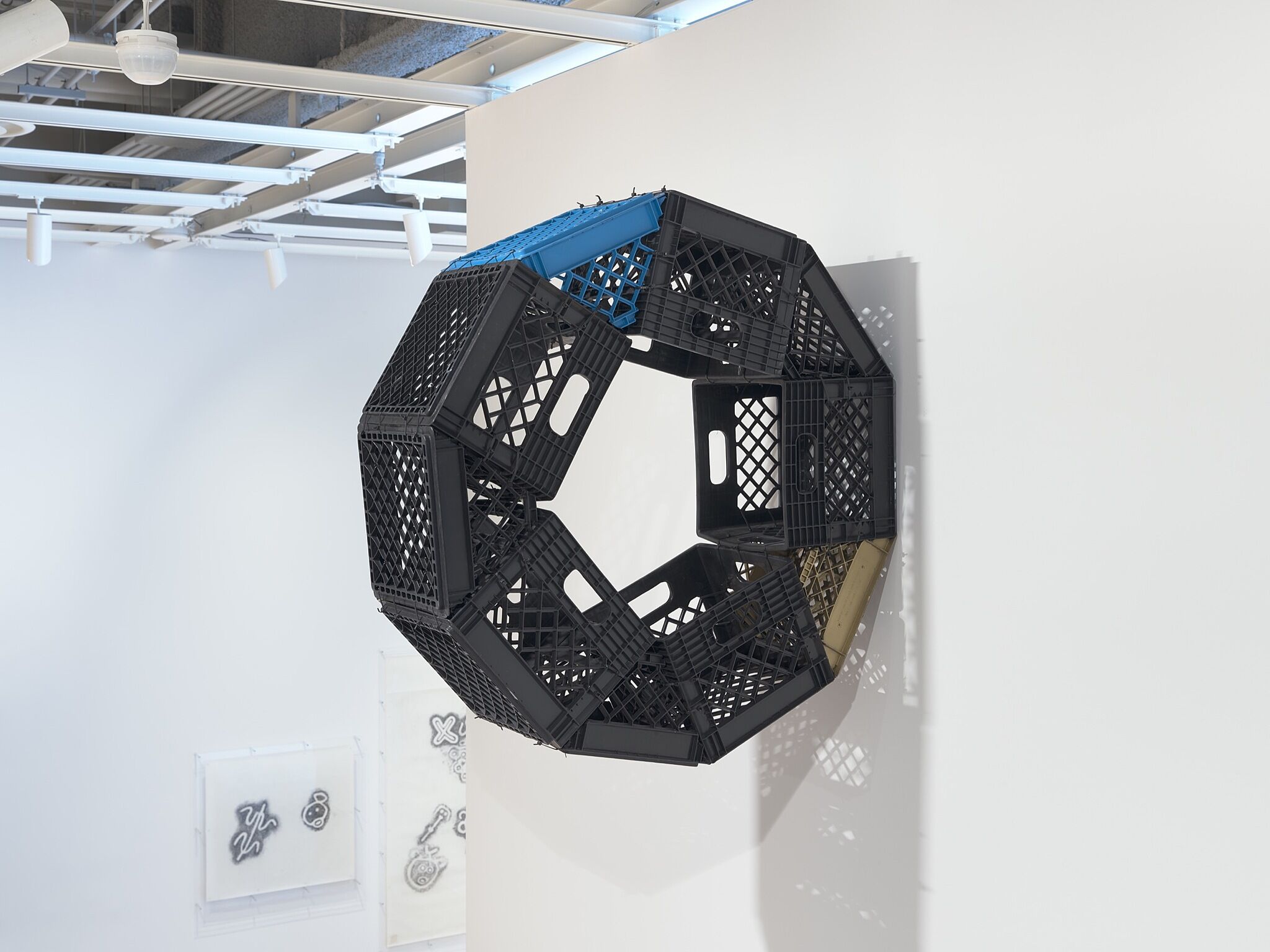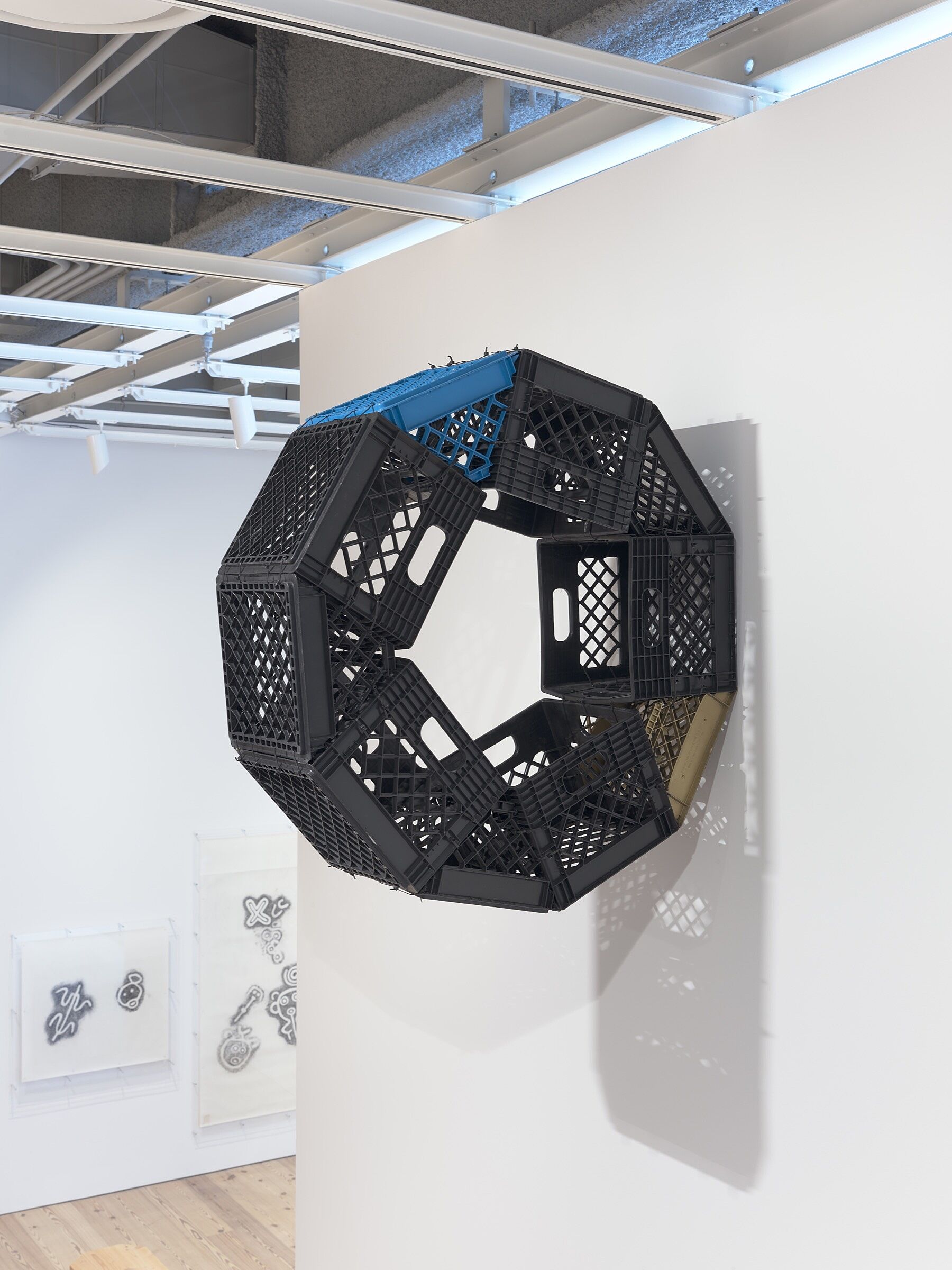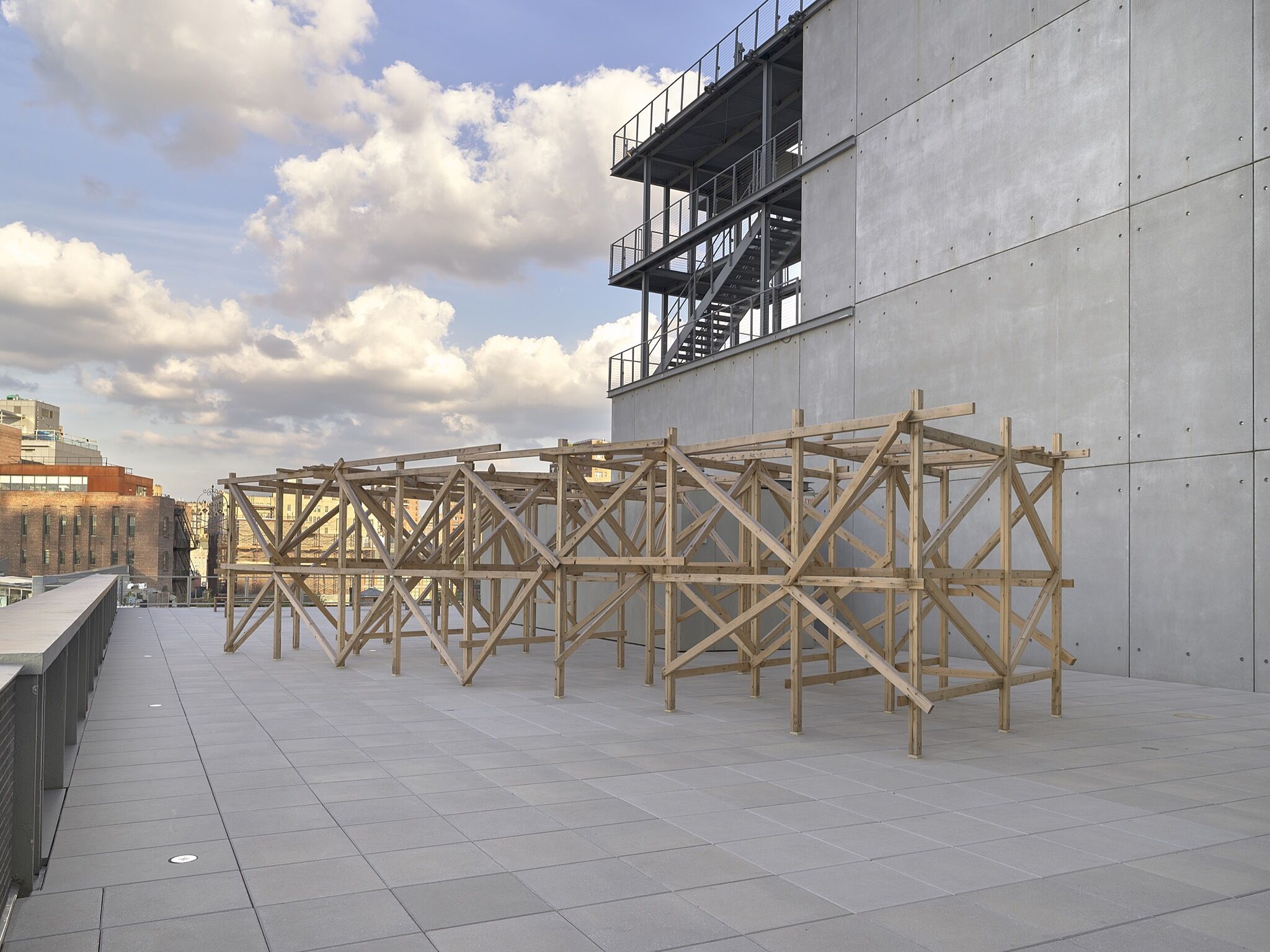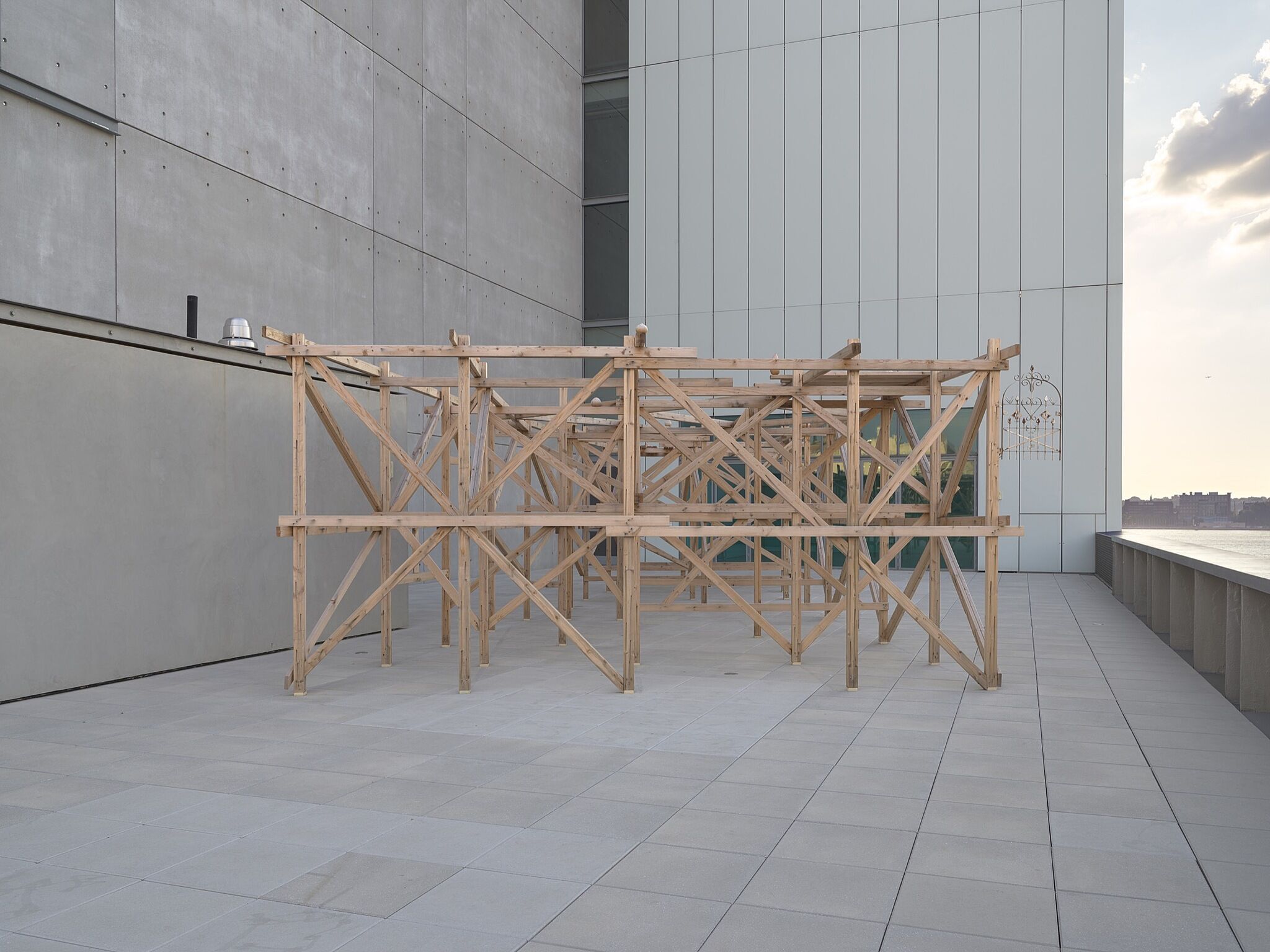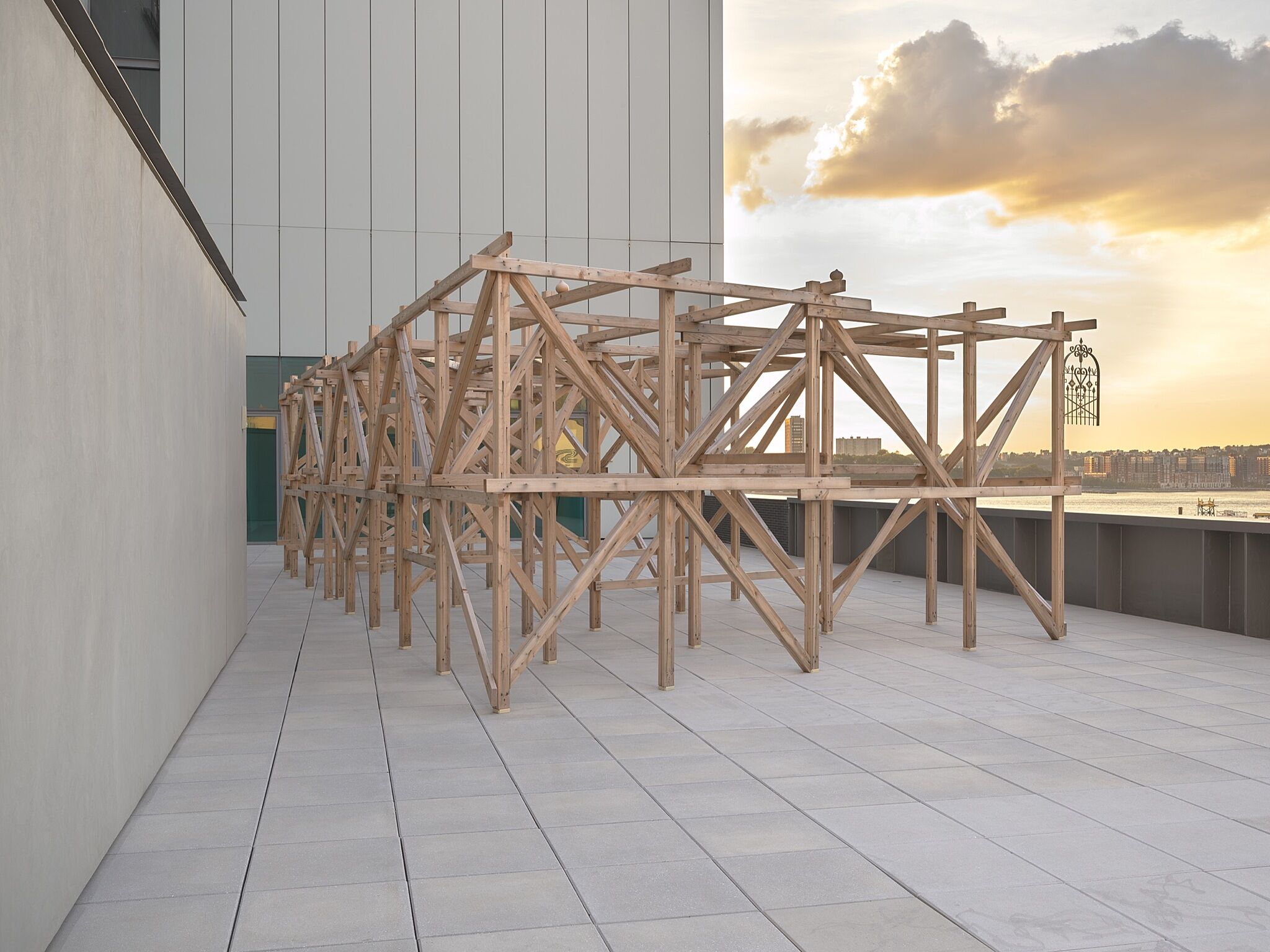Pacha, Llaqta, Wasichay: Indigenous Space, Modern Architecture, New Art
July 13–Sept 30, 2018
Pacha, Llaqta, Wasichay: Indigenous Space, Modern Architecture, New Art investigates contemporary art practices that preserve and foreground Indigenous American notions of the built environment and natural world. The three words in the exhibition’s title are Quechua, the Indigenous language most spoken in the Americas. Each holds more than one meaning: pacha denotes universe, time, space, nature, or world; llaqta signifies place, country, community, or town; and wasichay means to build or to construct a house. Influenced by the richness of these concepts, the artworks explore the conceptual frameworks inherited from, and also still alive in, Indigenous groups in Mexico and South America that include the Quechua, Aymara, Maya, Aztec, and Taíno, among others.
The show features the work of seven emerging Latinx artists based in the United States and Puerto Rico: william cordova, Livia Corona Benjamin, Jorge González, Guadalupe Maravilla, Claudia Peña Salinas, Ronny Quevedo, and Clarissa Tossin. Their works investigate the complex relationship that indigenous and vernacular notions of construction, land, space, and cosmology have had in the history of modern and contemporary art and architecture in the Americas.
This exhibition is organized by Marcela Guerrero, assistant curator, with Alana Hernandez, curatorial project assistant.
Pacha, Llaqta, Wasichay: Indigenous Space, Modern Architecture, New Art is part of the Whitney’s emerging artists program, sponsored by

Significant support for this exhibition is also provided by public funds from the New York City Department of Cultural Affairs in partnership with the City Council and by the Whitney’s National Committee.
Additional support is provided by AMEXCID with the Mexican Cultural Institute of New York, the Garcia Family Foundation, and an anonymous donor.
Curatorial research and travel were funded by the Steven & Alexandra Cohen Foundation.

Claudia Peña Salinas
5
Claudia Peña Salinas’s series combine sculpture, images, installation, and video to tell poetic narratives. For this exhibition, she enlarges upon a series that she has developed out of her travels and investigations into the stone sculpture to Tláloc, the Aztec deity representing rain. She has repeatedly gone back to her native Mexico in search of the original site of the ancient Tlaloc monolith, which was found in Coatlinchan, Mexico and is now installed in the National Anthropology Museum in Mexico City. The visual layout of Peña Salinas’s installation is imagined as Tlalocán, the mythical paradise known to the Aztecs and ruled by Tláloc and his consort the water goddess Chalchiuhtlicue. The resulting series unites modern and minimalist lines with Aztec mythology.
Artists
Events
View all-
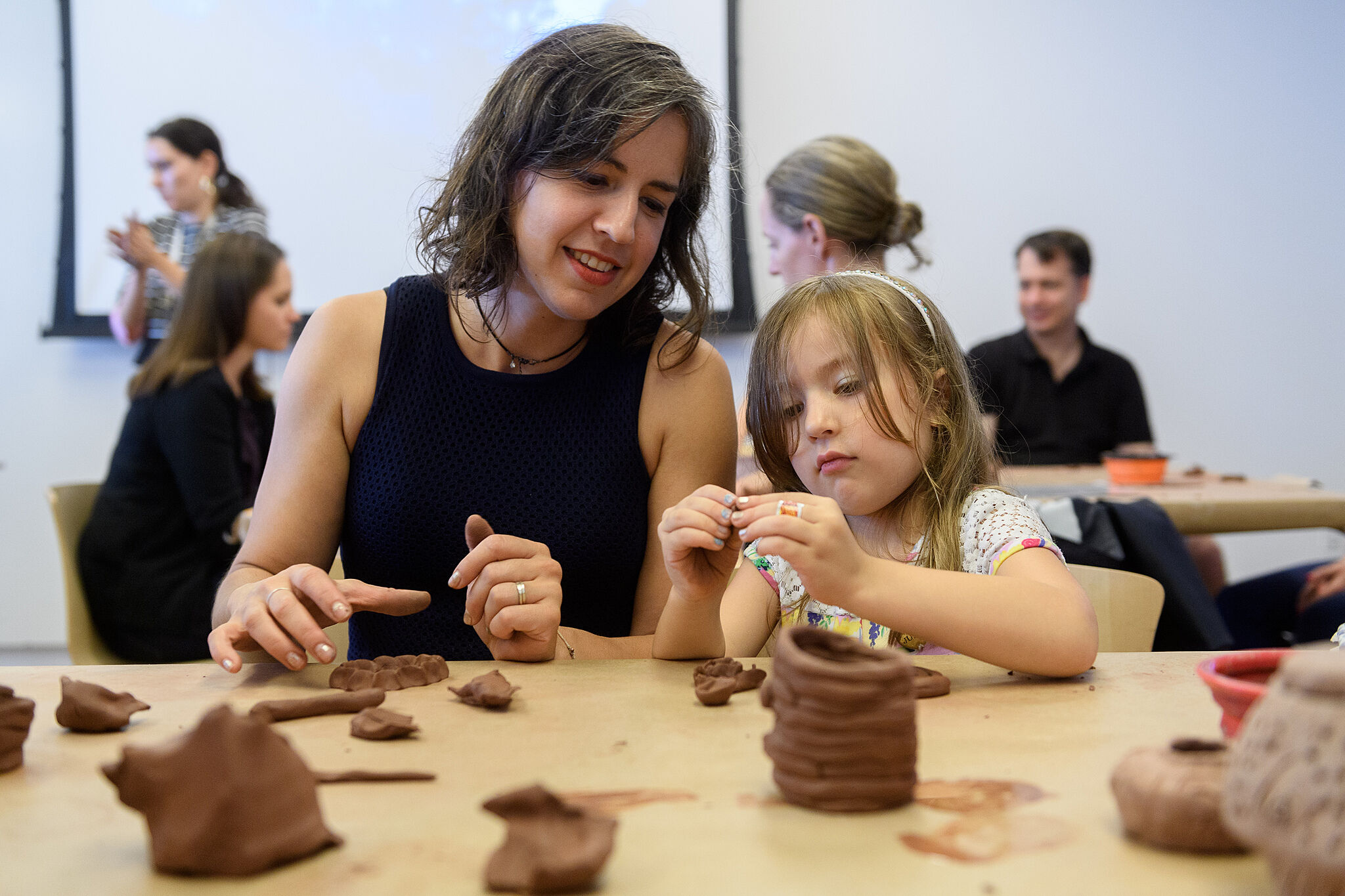
Family Fun: Pacha, Llaqta, Wasichay
Saturday, September 29, 2018
2:30–4:30 pm -
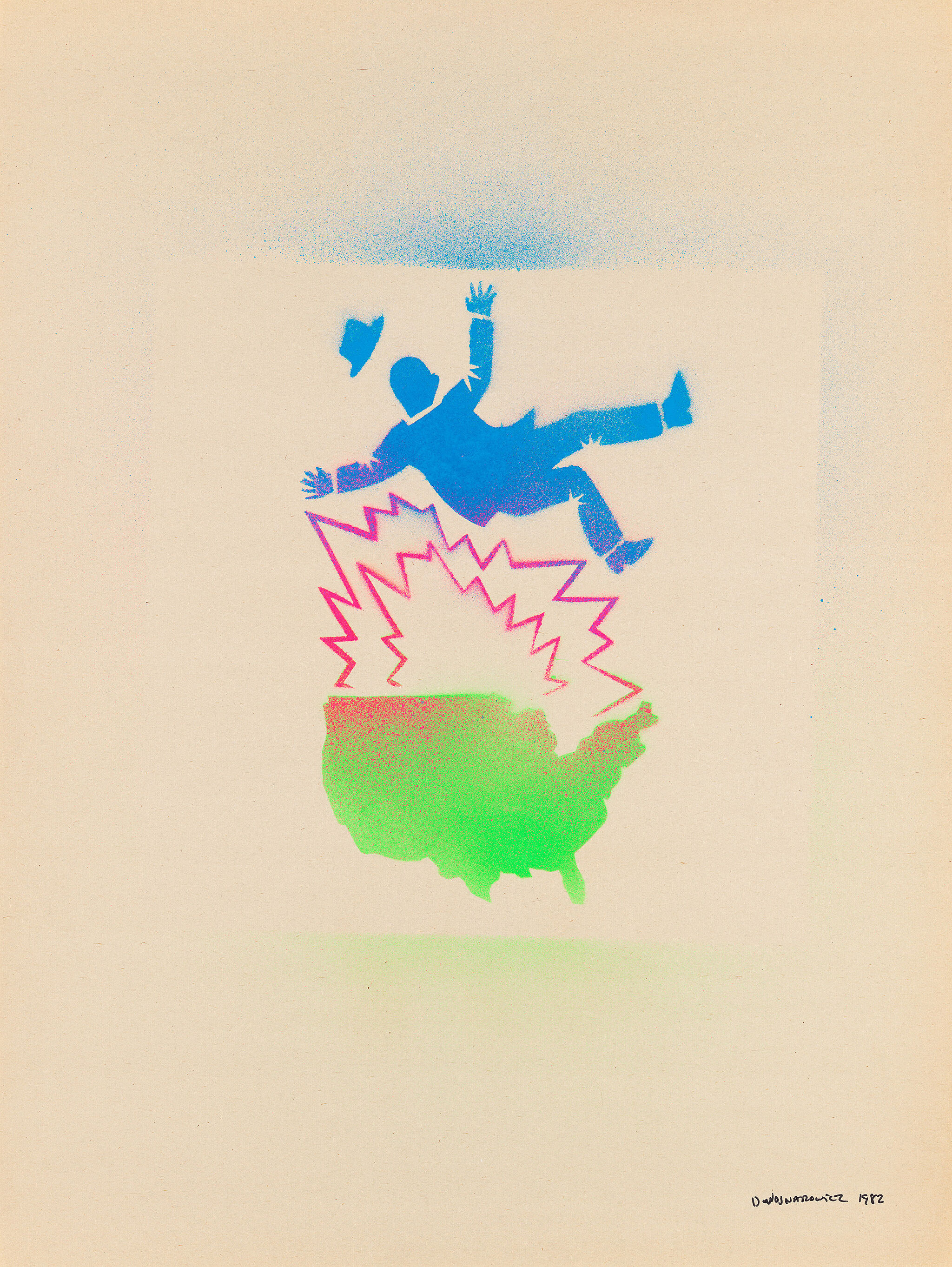
Reception and Talk: Remapping the Pre-Invented World
Saturday, September 29, 2018
1–2:30 pm -
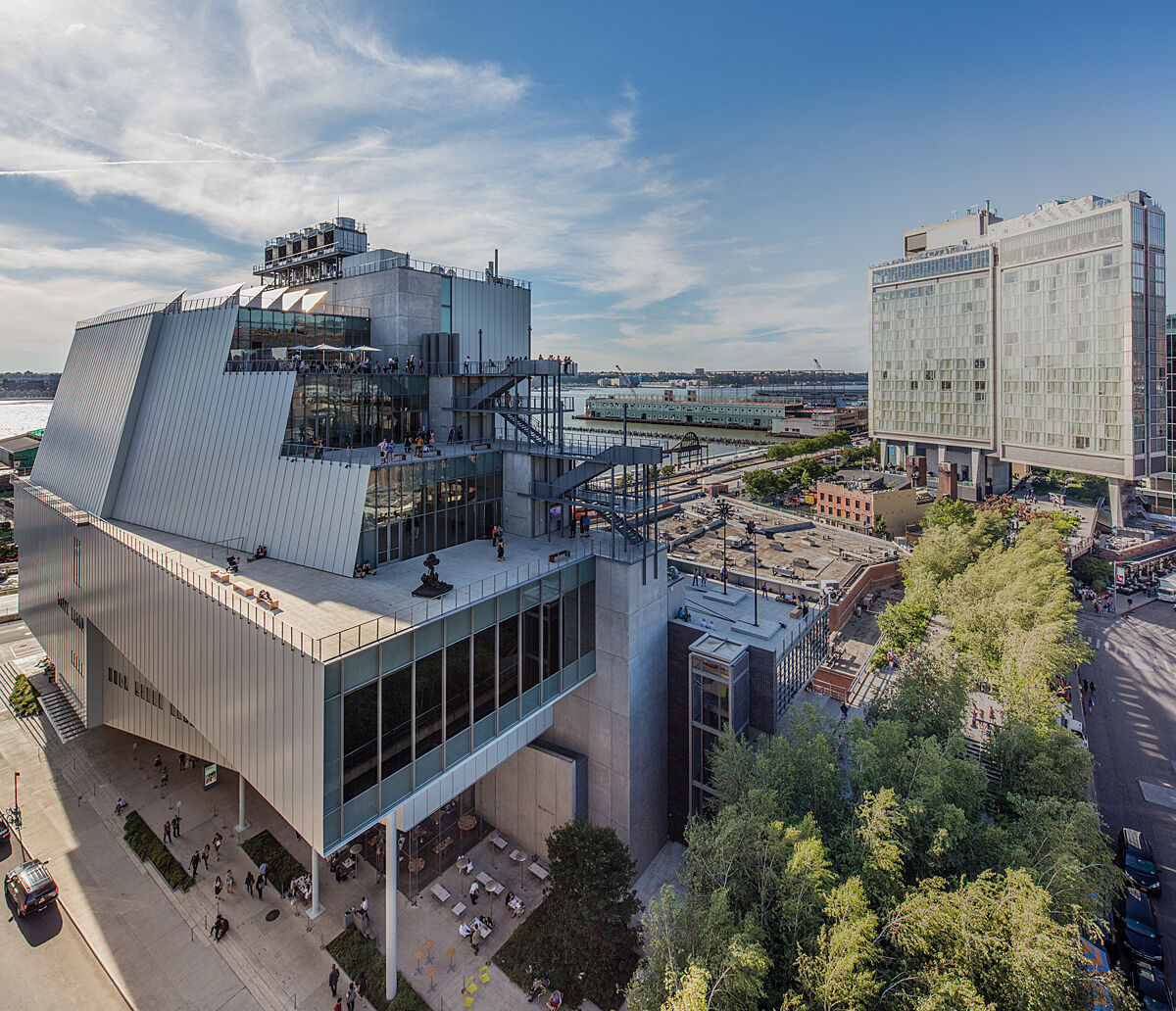
Weekend Early Admission for Members
Repeats
Saturday, September 29, 2018
10–10:30 am -
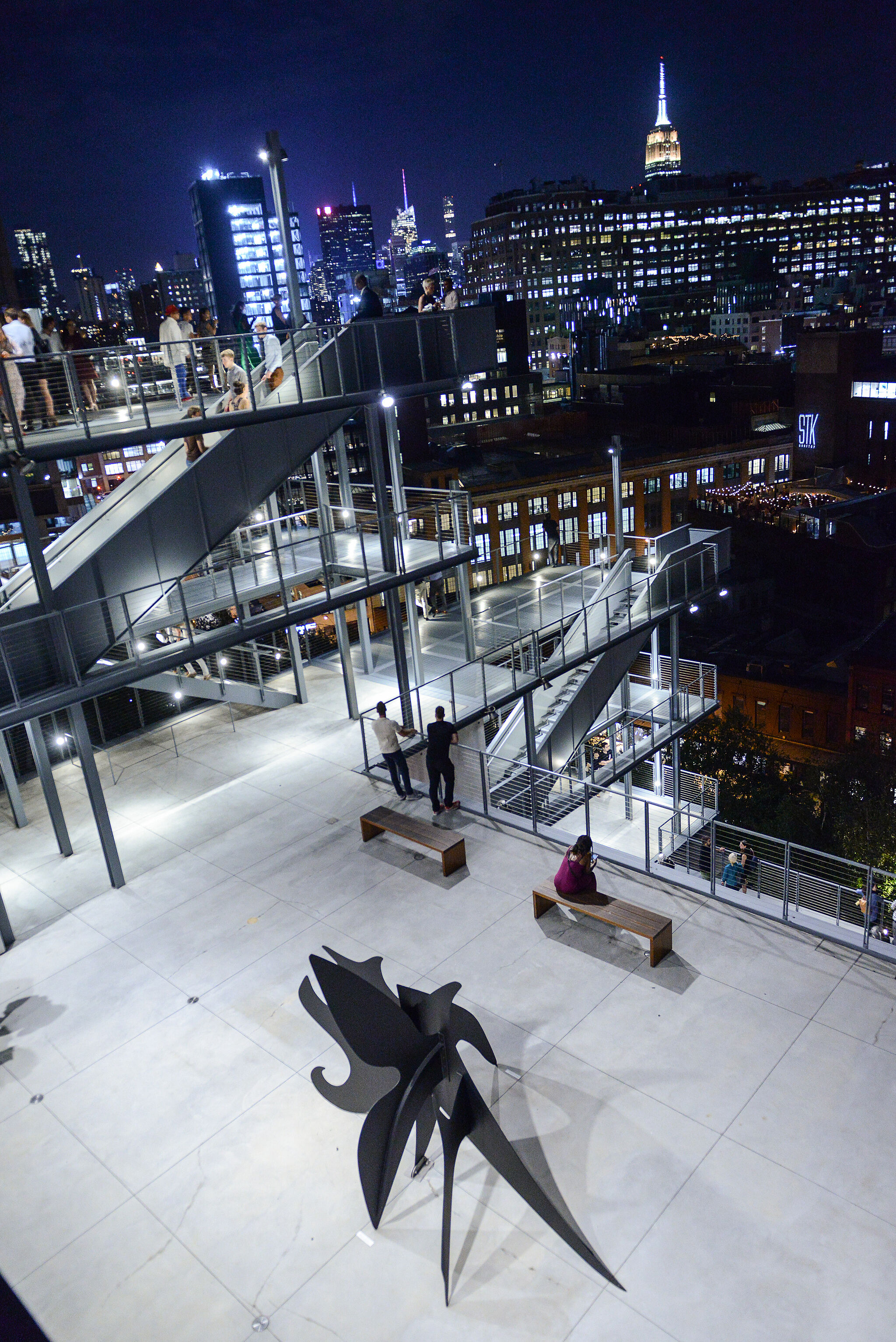
Member Night
Wednesday, September 26, 2018
7:30–10 pm
Perspectives
Mobile guides
“The cultures that these artists are looking towards are not pre-Columbian, in the strict sense of the word, in terms that they're not frozen in time. They're not dead cultures, they're still very much alive.”
—Marcela Guerrero, assistant curator
Hear from the exhibition’s artists and curator about selected works from the exhibition.
Explore works from this exhibition
in the Whitney's collection
View 12 works
In the News
“As indicated by its Quechuan title, to describe the world and its structures in both nuanced yet manifold ways is, in turn, the central premise of this exhibition.”
—Cultbytes

